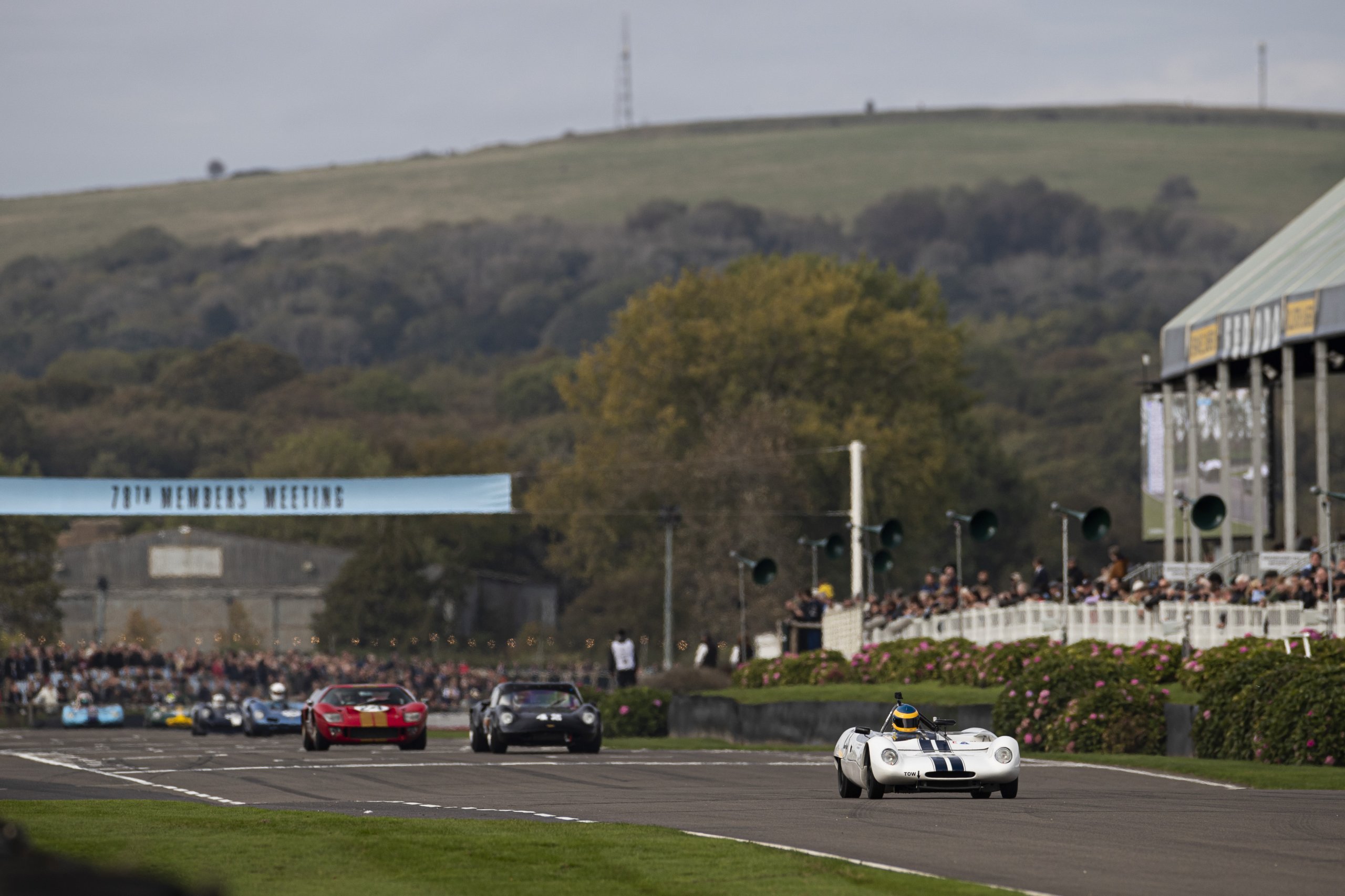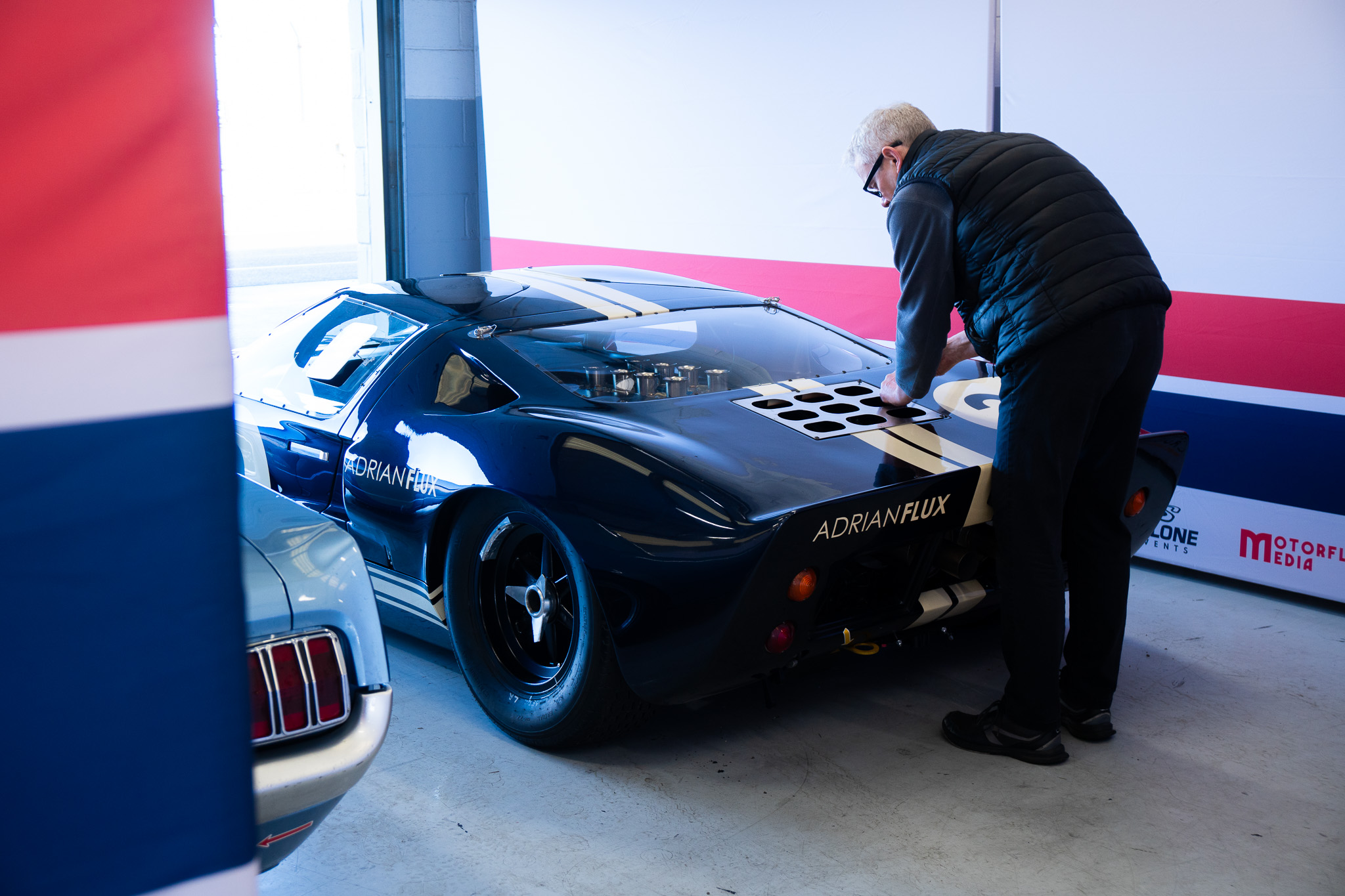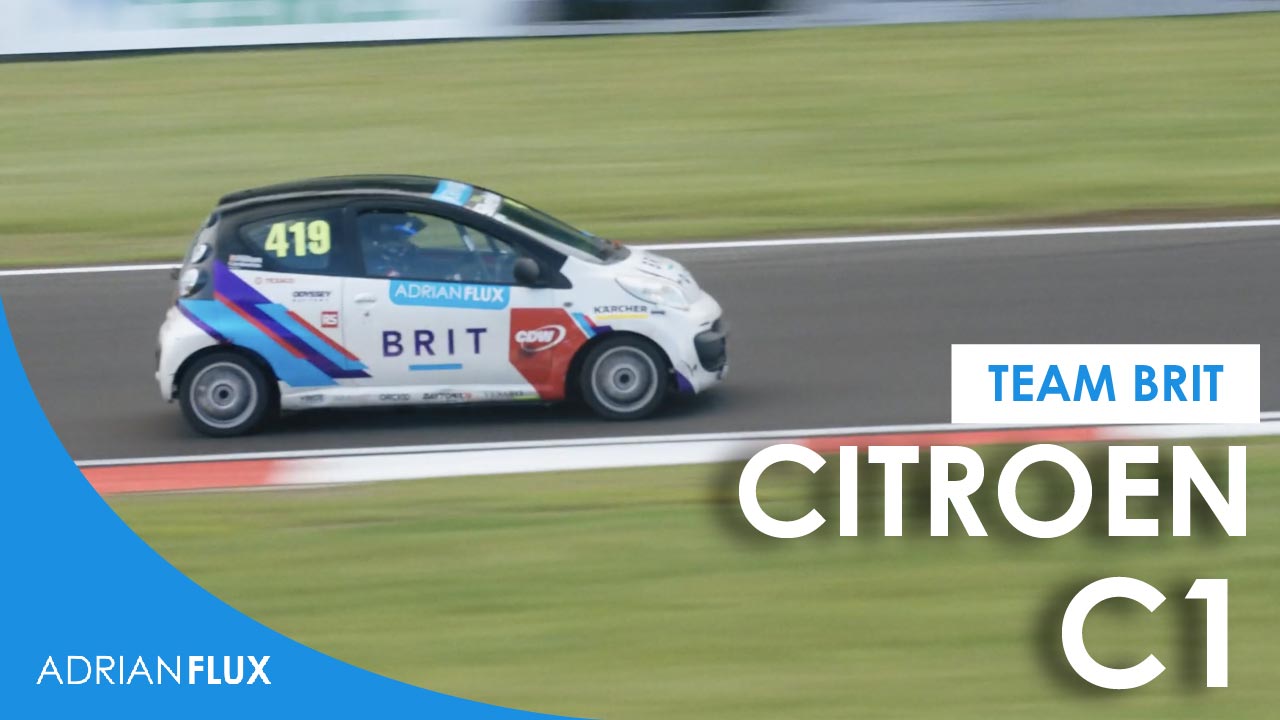This year I have been lucky enough to take on four new racers alongside the chance to race some of the same machinery as last season.
Each car brings with it new experiences and detailed feedback is required. So, without further ado, here are my thoughts on all the classic cars I raced in 2021.
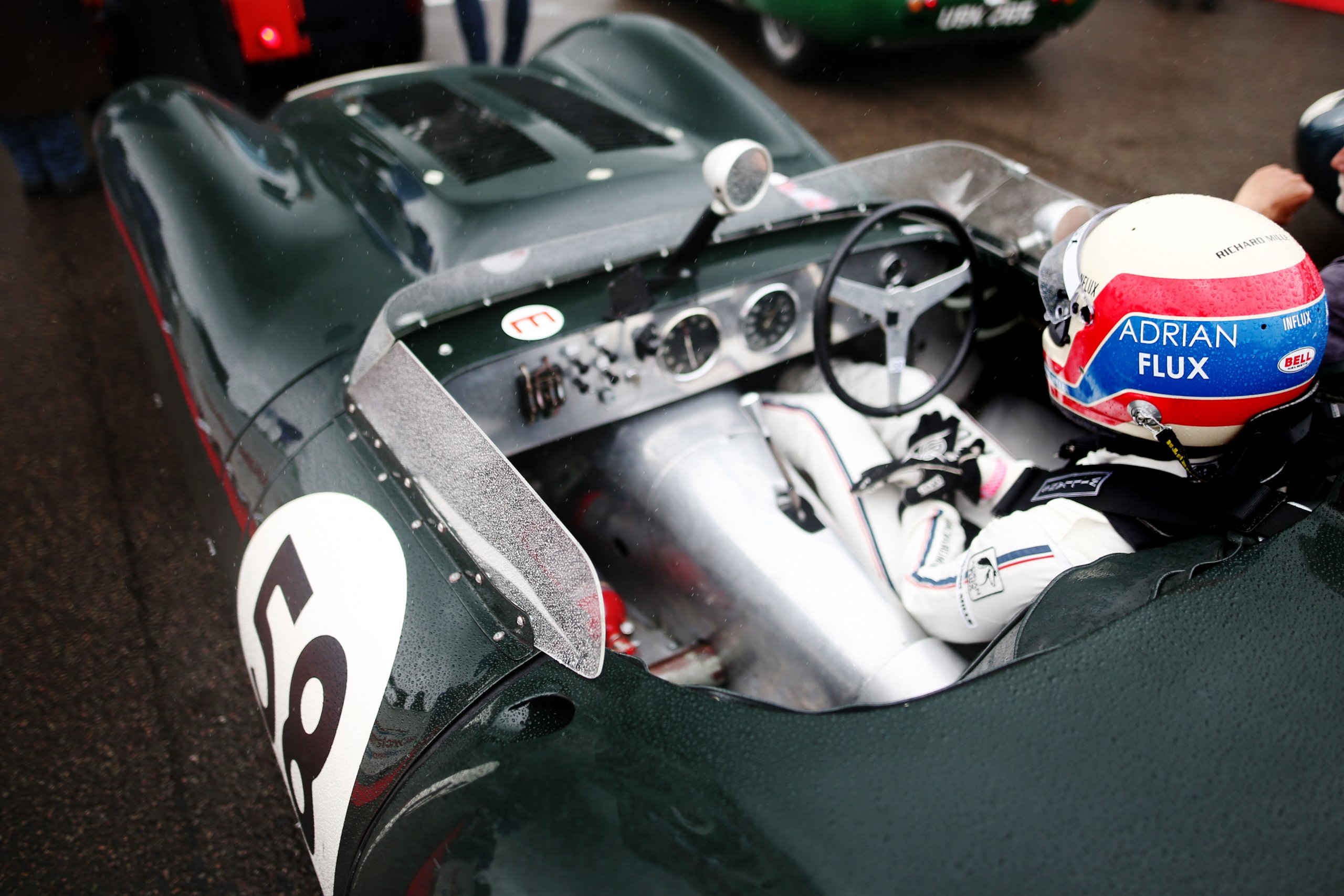
What’s it like to drive a Lister Jaguar Knobbly?
For me, the ultimate 1950s sports car. It’s produced by a Cambridge iron worker, initially inspired by the exploits of other British boutique sports car producers like Cooper.
The Knobbly is the earlier model before Frank Costin got his hands on it and produced a much more aerodynamic coachwork for the base chassis. It’s a real beast to look at and a joy to drive.
Engine
The 3.4 straight six is noticeably more tractable than its later counterpart but it still has the ‘revvy’ nature of the later cars, if not quite so refined. Rev management is assisted by a somewhat Heath Robinson cord driven gauge so most of the shifting is eventually done by engine sound and judgement!
The power is certainly there and it pulls hard, at pretty much all speeds, about 4,000 revs, you’re really going (if you can figure out where that is).
Gearbox
The sharp feel of all of the Jaguar boxes of the era is certainly there but it requires slightly more ‘oomph’ to operate. It’s very much a race car with quite wide clunky gates. It’s easy though to slip between the gears on the way up.
Care is required on the way down, with lots of clutch and a friendly blip of the throttle to help it go in. There’s no doubt about it, a potter round town would not be possible. But who wants to potter in this thing?
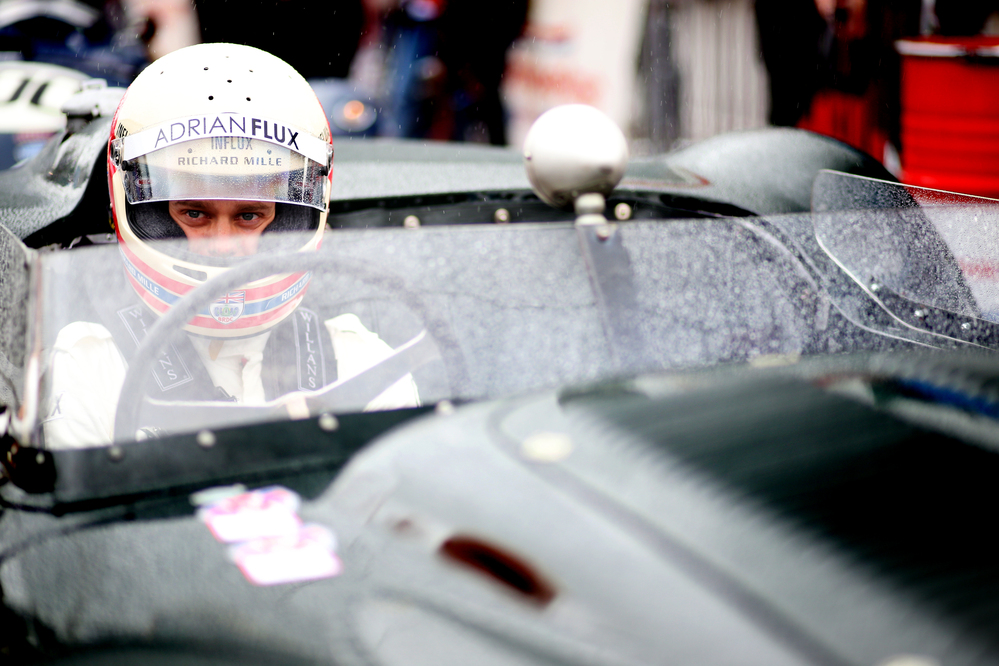
Brakes
Four-wheel disc brakes are a luxurious addition for a sports car of this period and almost overpower a cross ply tyre under braking. It’s these that give all the straight six Jags of this ilk that ‘modern race car’ feel under braking.
They really stop and you can control the front under braking with relative ease. You can even change the brake bias. Spoilt, simply spoilt!
Handling
It’s incredibly responsive for a car of this wheelbase, but the real fun comes mid to exit. The torque of the engine generates gentle but reasonably swift oversteer moments to correct. In high speeds, the rear will ‘float’ in but without as much grace as the more refined D-type.
You have to drive the engine a little at low speeds to get the car to rotate. But they turn on the power through the exit.
How to pedal it
A car that asks the driver to go for it a little. First, you have to get used to the exterior seating position. The big braking performance and the snappy mid corner.
Leave it up the gears and pick it up by the scruff of the neck. A car that loves to be carried round but will misbehave if you don’t put your foot down – literally.
Racing a 1965 Ford Mustang 289, as explained by Alex Brundle
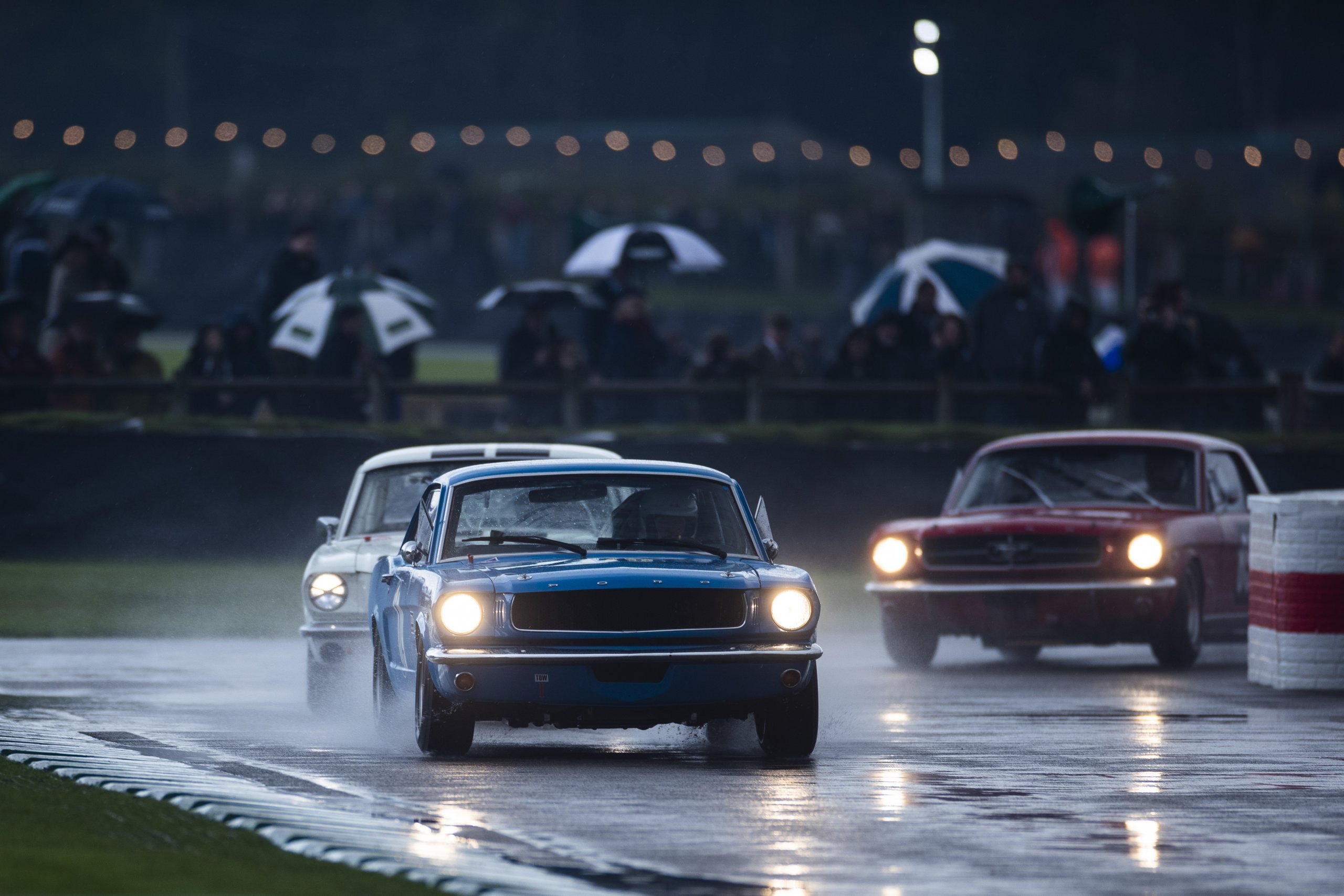
I’ve always wanted a Mustang. The pre-66 cars come with a raucous (modern build) 289 V8 and have massive power in comparison to their historic counterparts. Coming out in 64 for pre-66 racing you are generally working with the earlier models in racing terms.
Hilariously considered a ‘small car’ by Ford in its conception, it’s a muscle car icon.
Engine
The power and torque are a simple constant. You never wait. In any gear, at any speed, the engine will deliver an amount of power that the car will not be able to handle.
At the same time the engine is gloriously under stressed as it revs lower than most of the historic racing grid. The term bulletproof is over-utilised but apt; wheel spin is a constant companion.
Gearbox
Synchromesh in all four directions but surprisingly not sloppy at all. The racing versions are incredibly precise. That being said, when asking ‘how is the gearbox?’ to the team before driving I was met with the response that ‘it doesn’t really need one’.
You are certainly not pushed for swift down changes, or down changes at all, given the torque of the engine. Mind you, a long throw on the stick gives you a lot of leverage over the system and should be treated with some respect. It’s friendly though, and wants to help you sort the traction out!
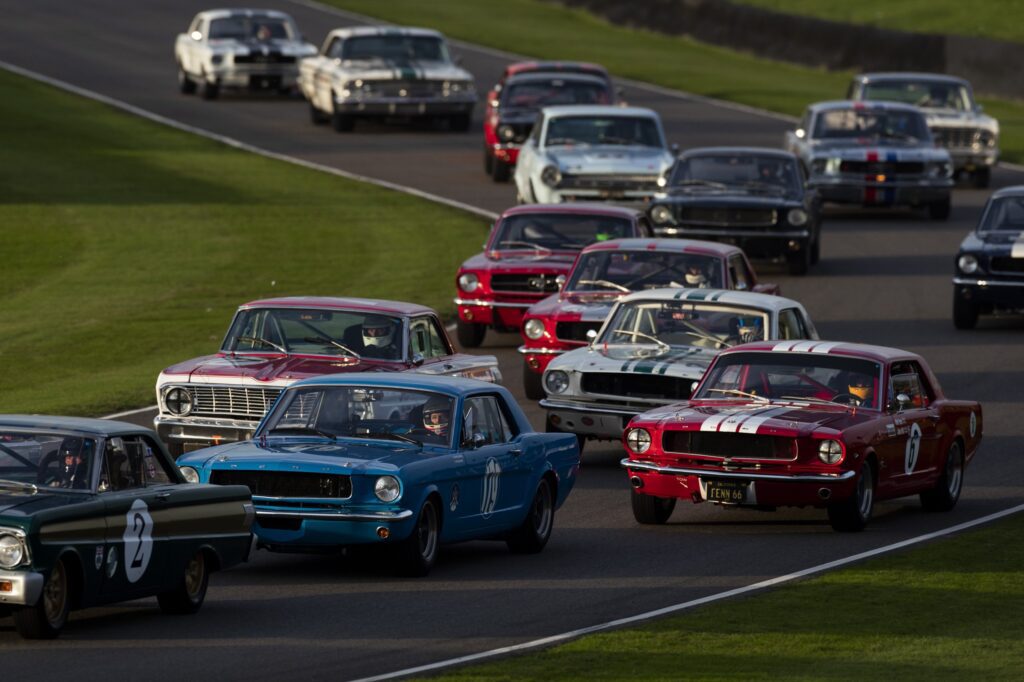
Brakes
Discs on the front are hard pressed to stop the serious weight of the car. They are drums on the rear and you can really feel them having a party back there!
The rear of the car hops and tracks on the brakes but the performance when you get going (read: stopping) is impressive – the pedal just takes some convincing initially.
Handling
Wow, it’s quite an experience. The first 10 degrees of the steering wheel lock can be considered a negotiation period. You’ll need around 90 degrees if you want to make a serious change in the direction of travel.
When the car relents and changes direction it’s quite impressive how quickly it does so. It’s the first car I have ever driven with a ‘live axle’ at the rear and I love it.
When the front hooks up and turns you have a pretty small amount of time to get through around 180 degrees of lock and start dealing with the 400ish BHP going through the rear tyres.
Traction through the exit of the corner is good, you’re essentially driving a steamroller at that point with no differential to limit the traction. It squats over its bouncy leaf springs and takes you off down the straight.
How to pedal it
Be polite with the throttle but impolite with the steering wheel!
On the way in, you’re driving the weight of the engine which has to be kept low with the brakes. Get through all that floppy steering lock and really point the car in.
Don’t worry what gear you end up in, it really doesn’t matter. Just use all the traction through the exit and keep your foot in through the big bouncy slide!
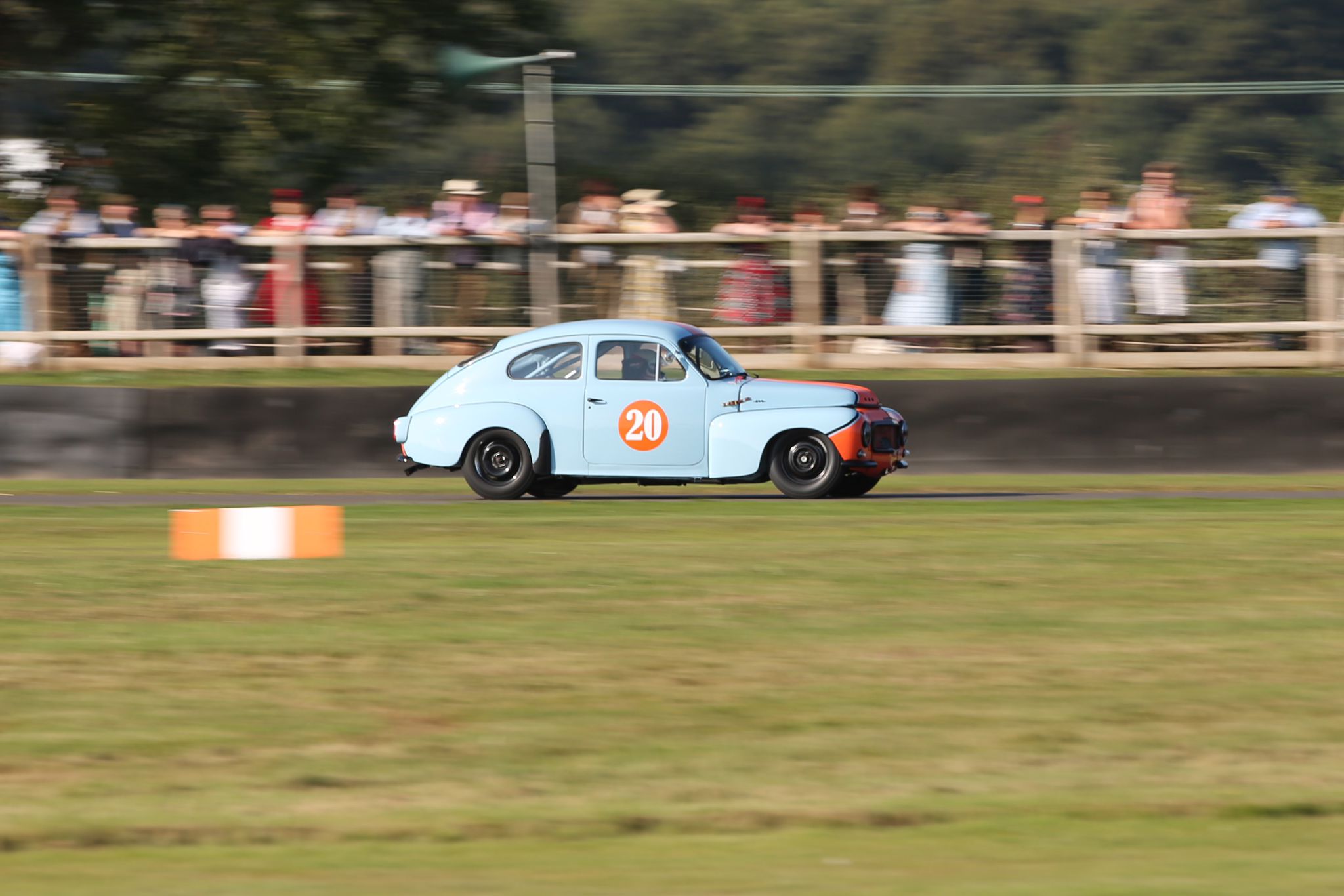
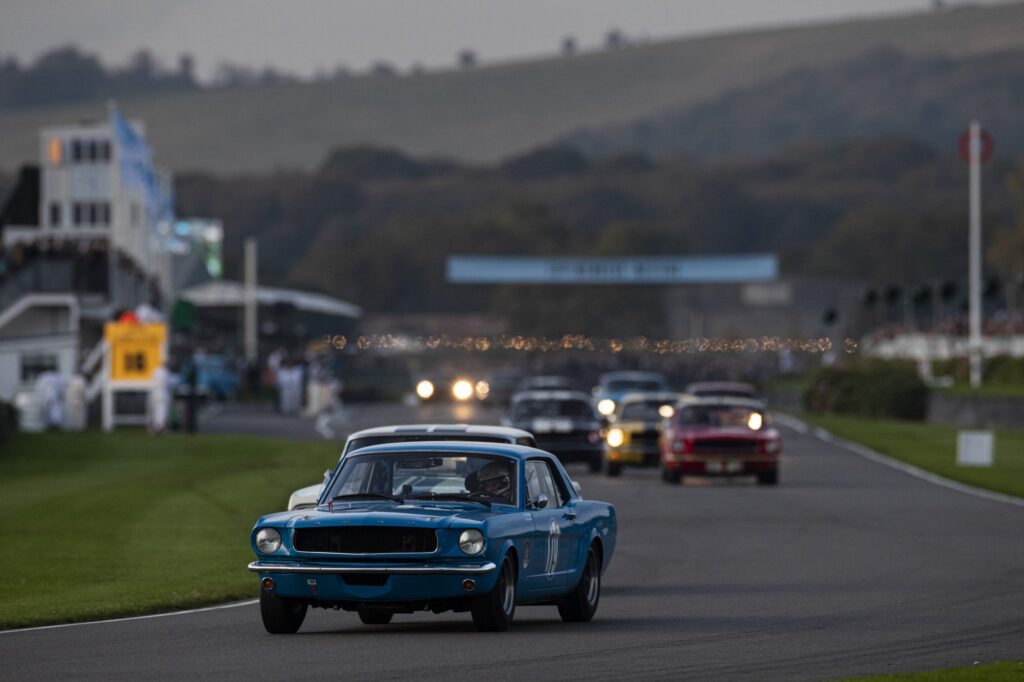

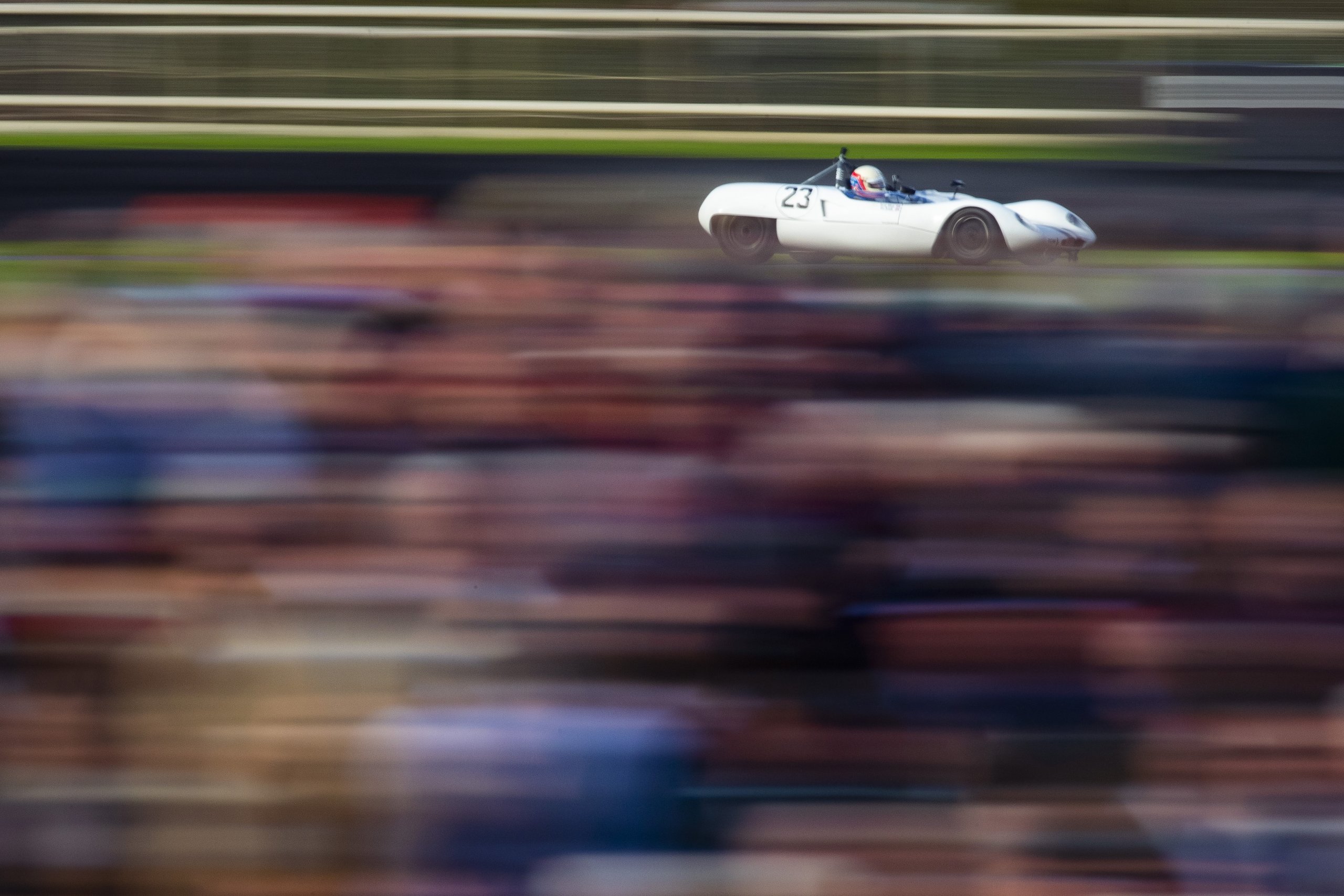

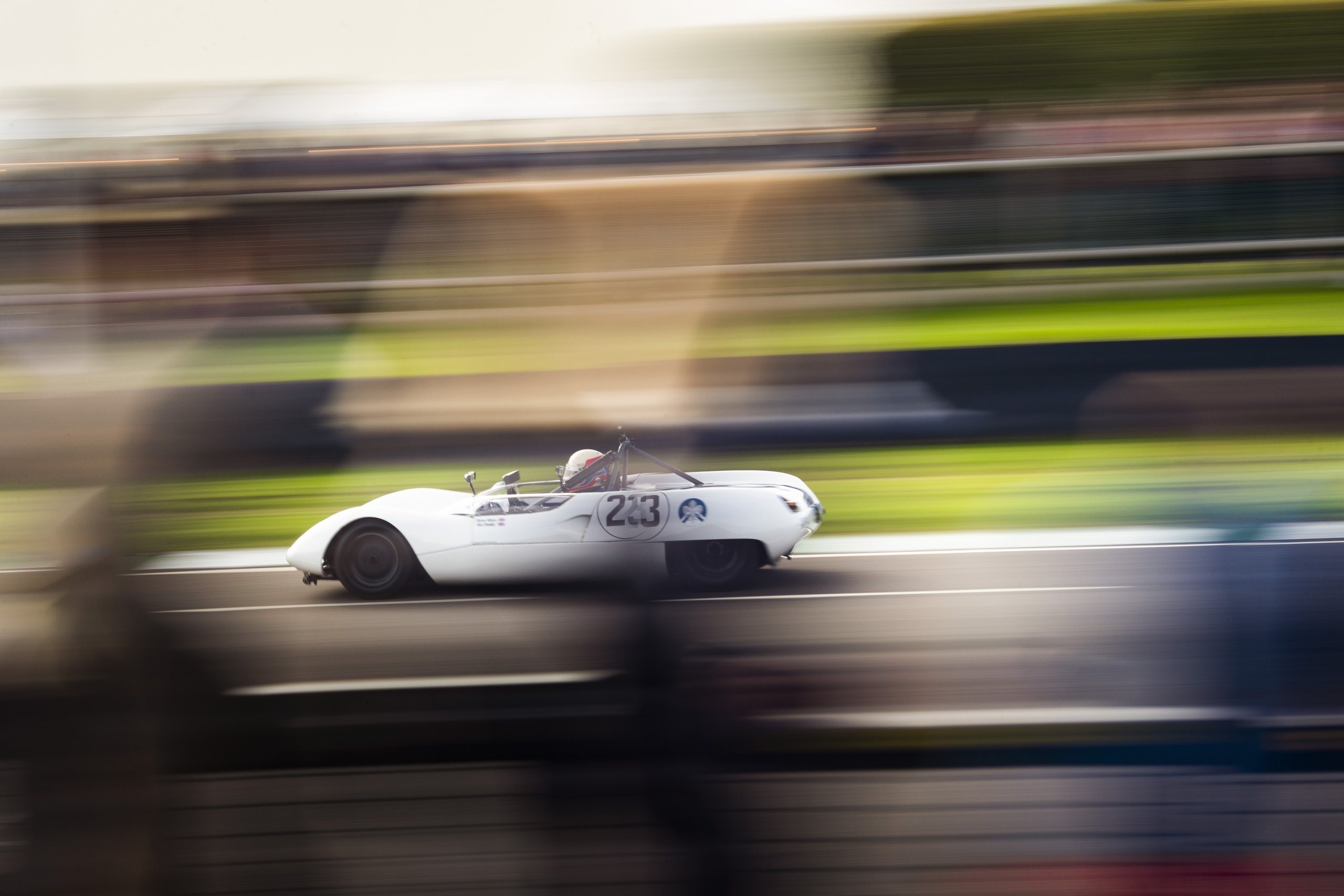
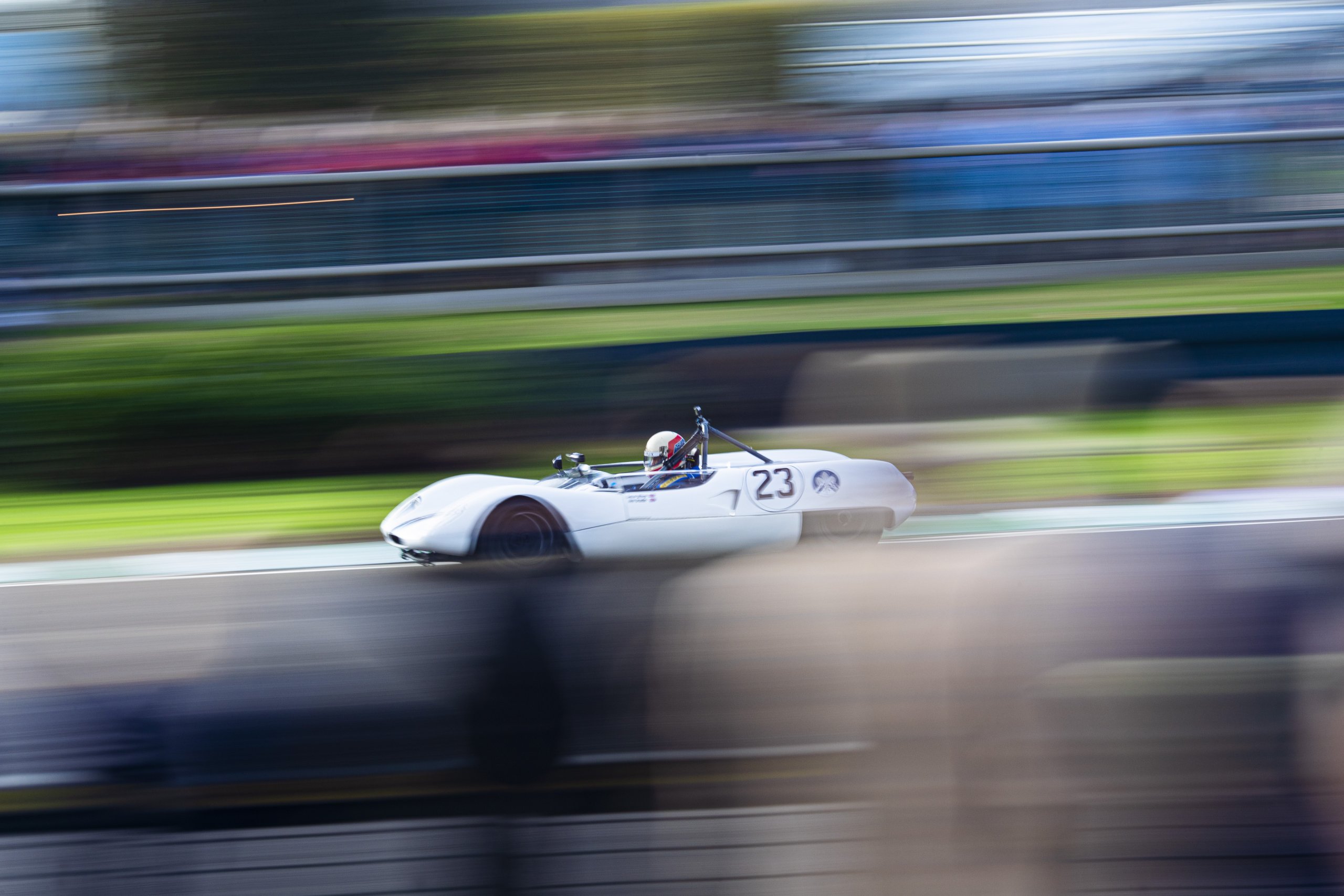
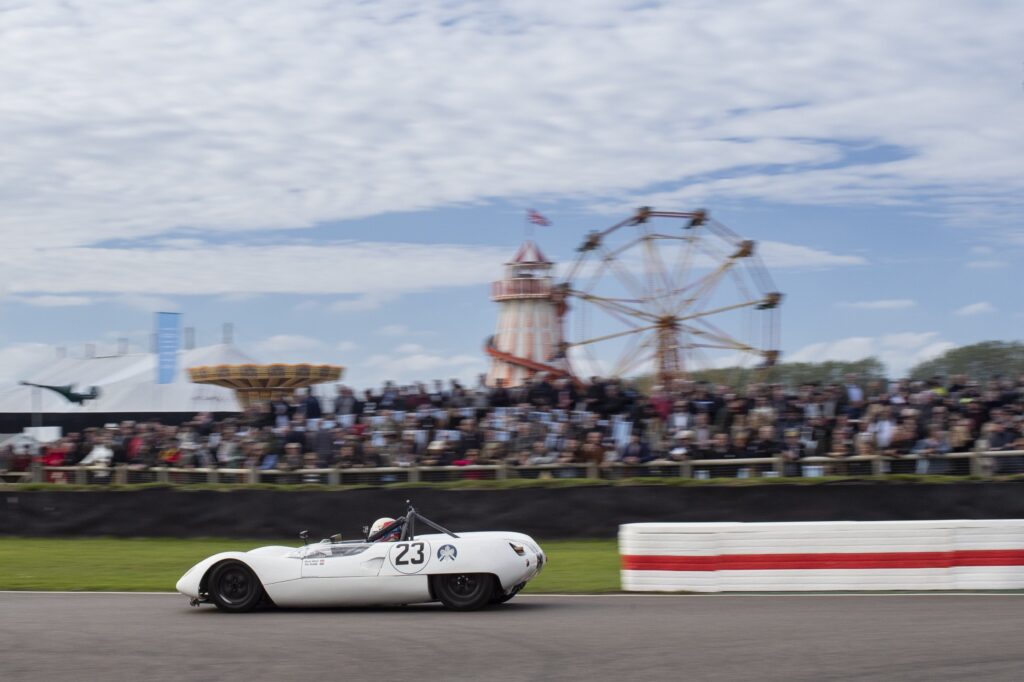
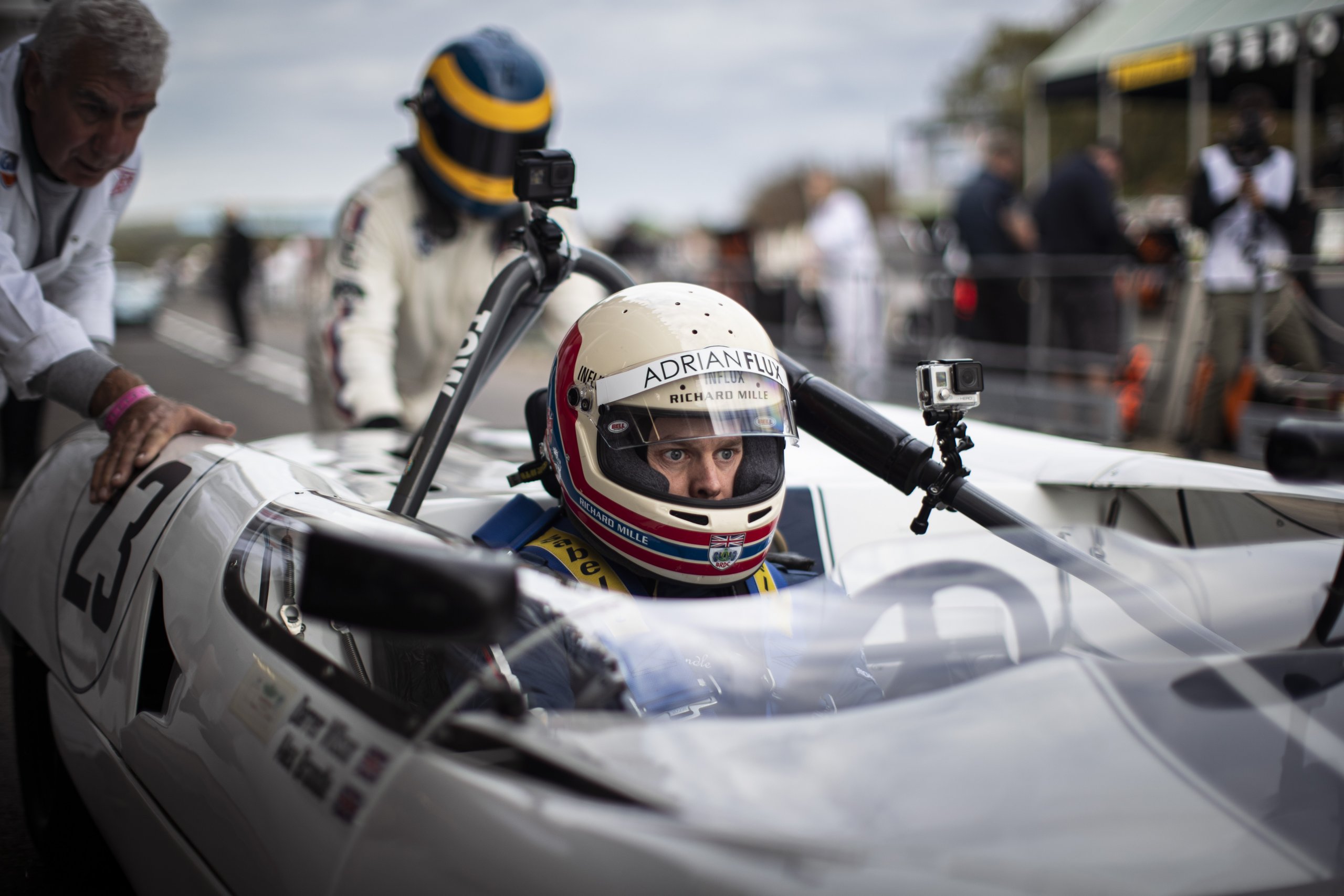
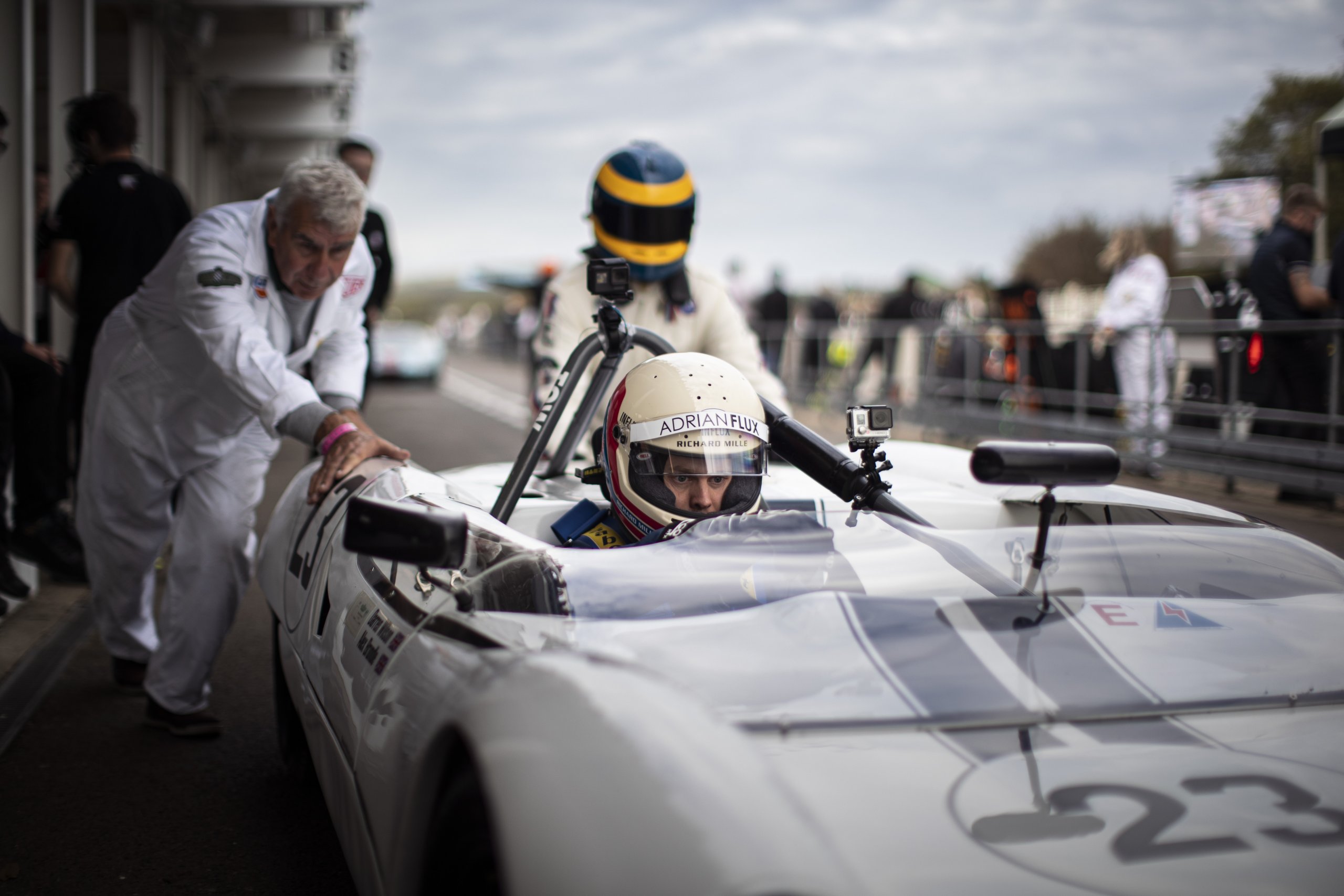
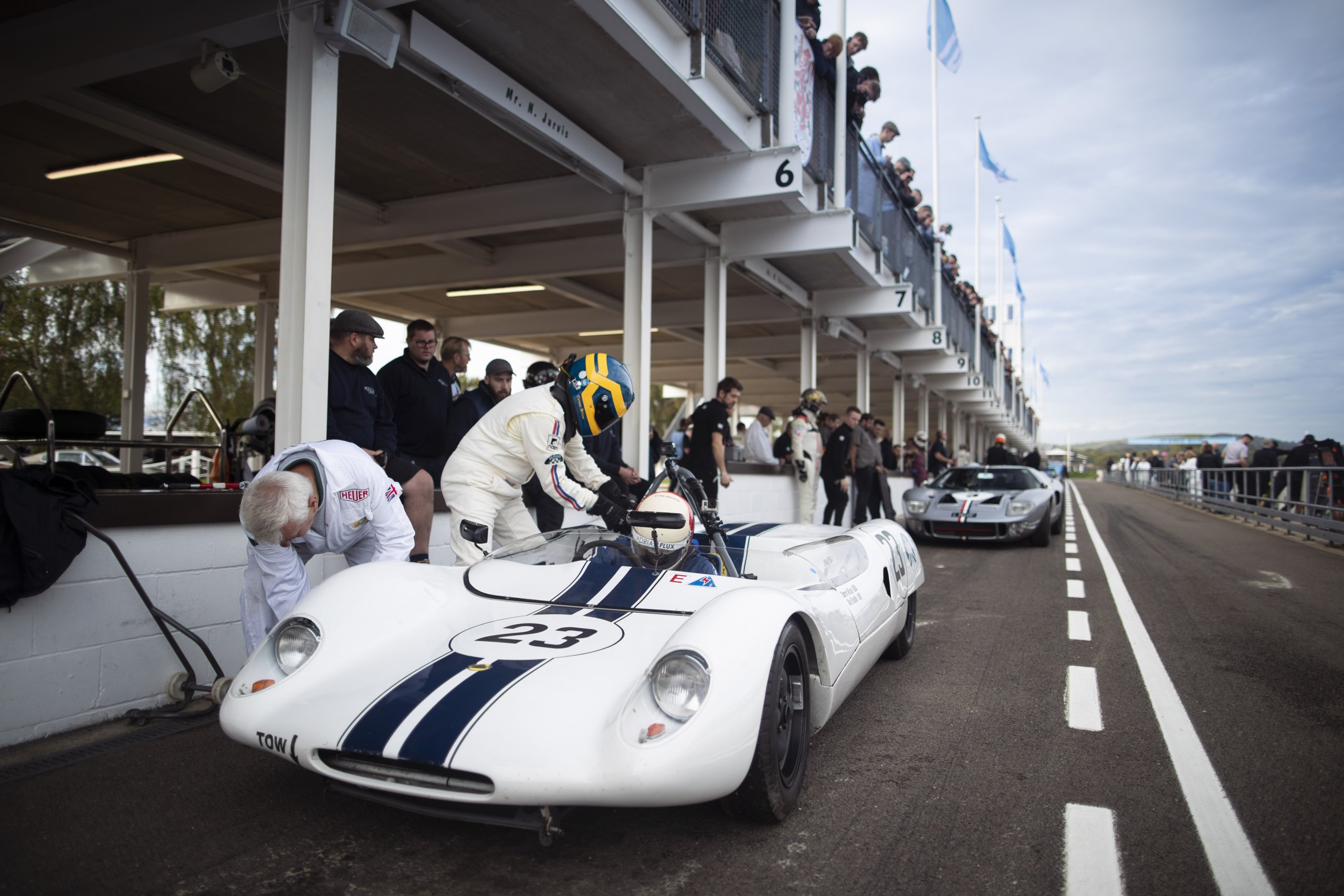
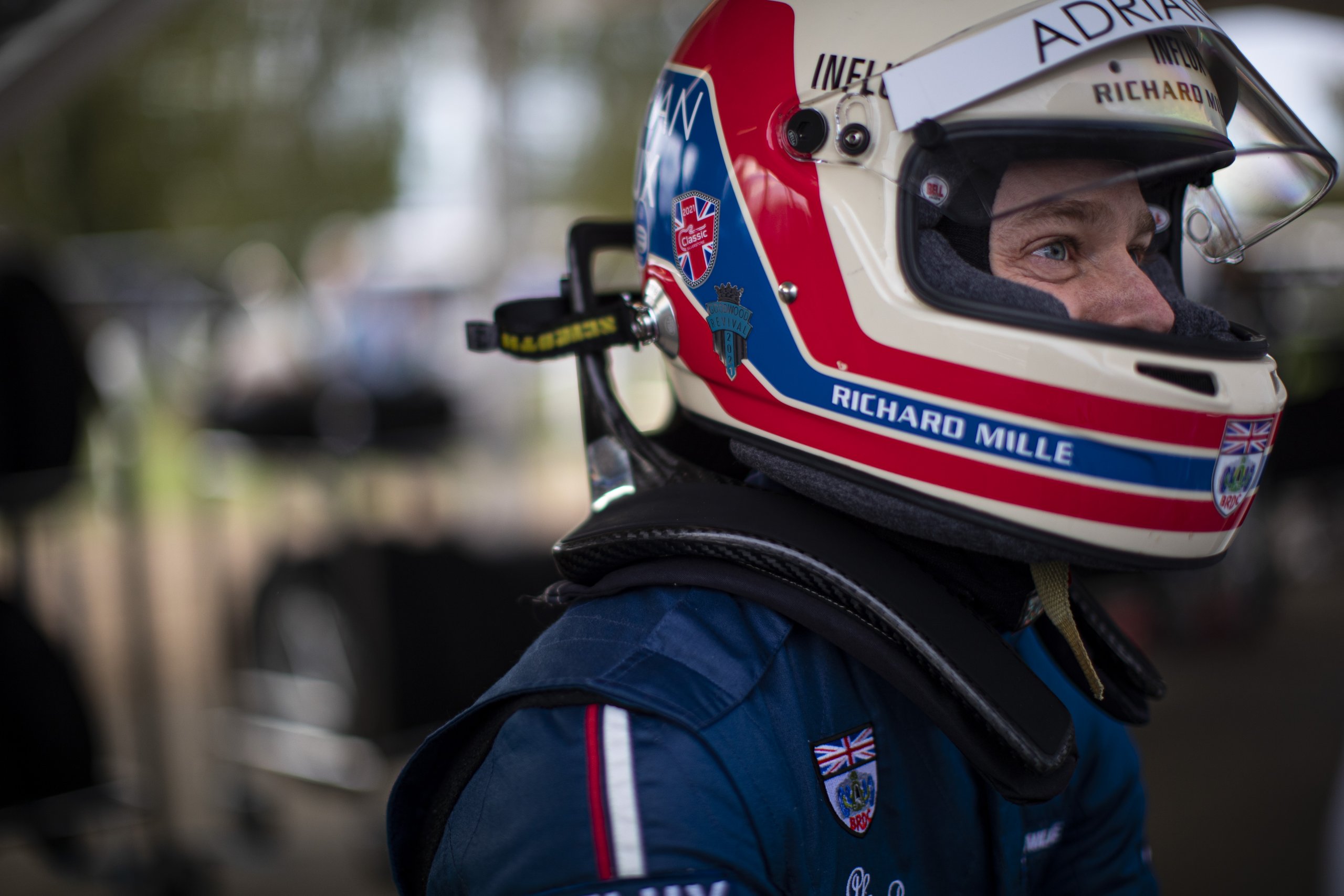
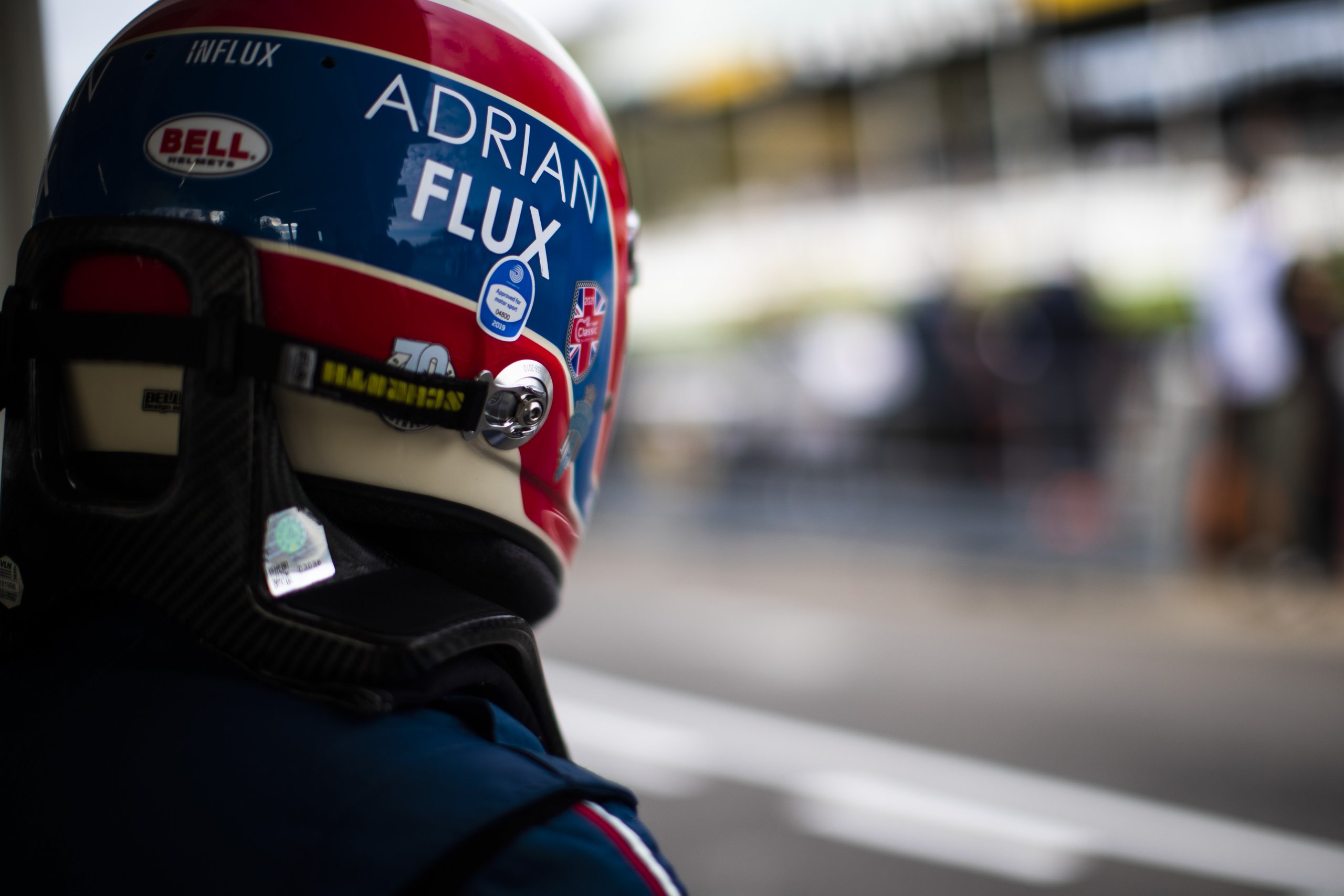
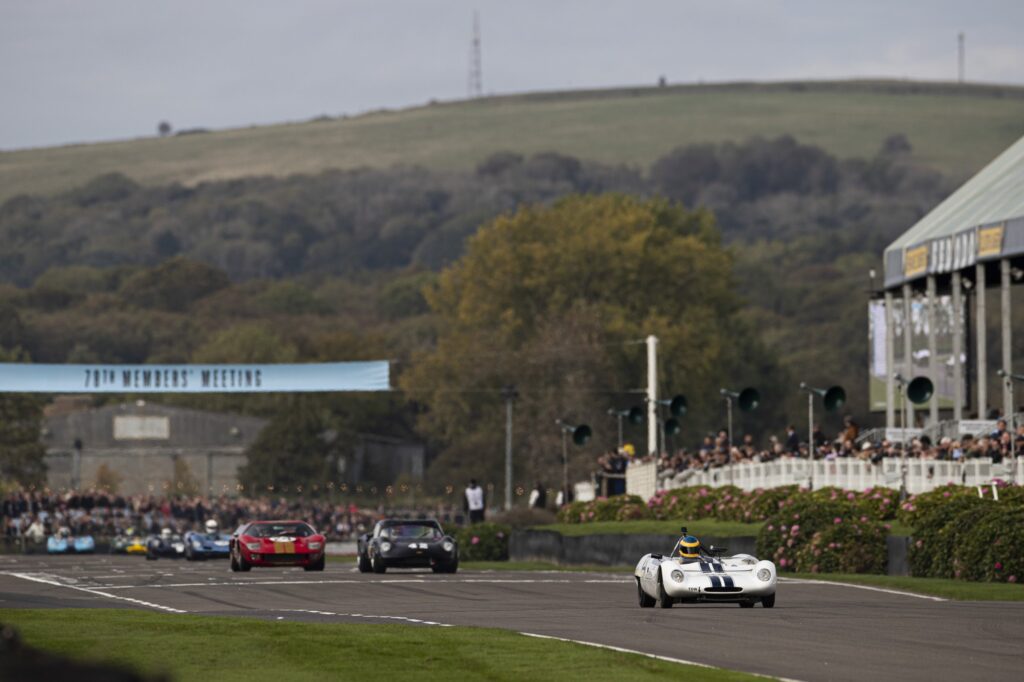

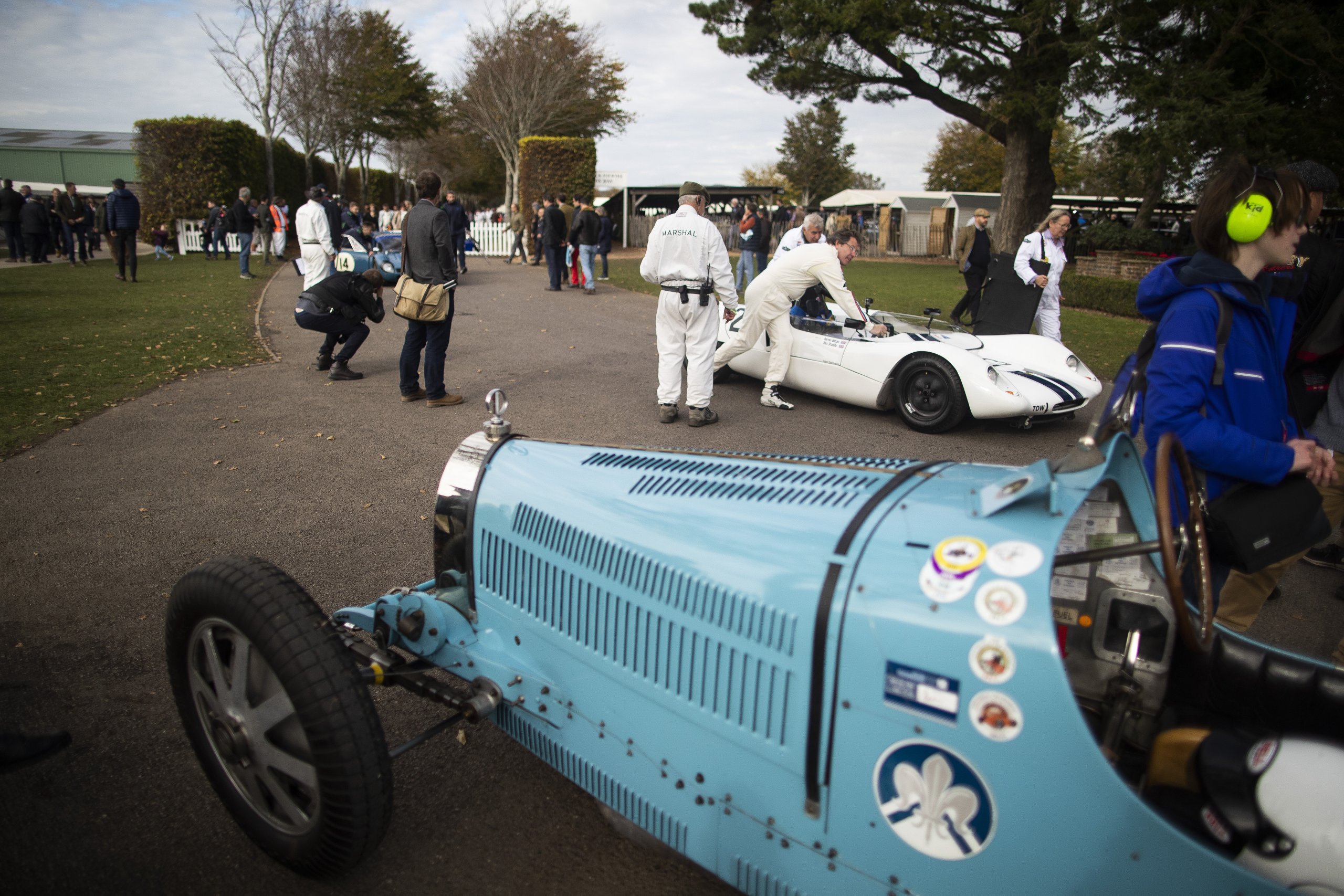
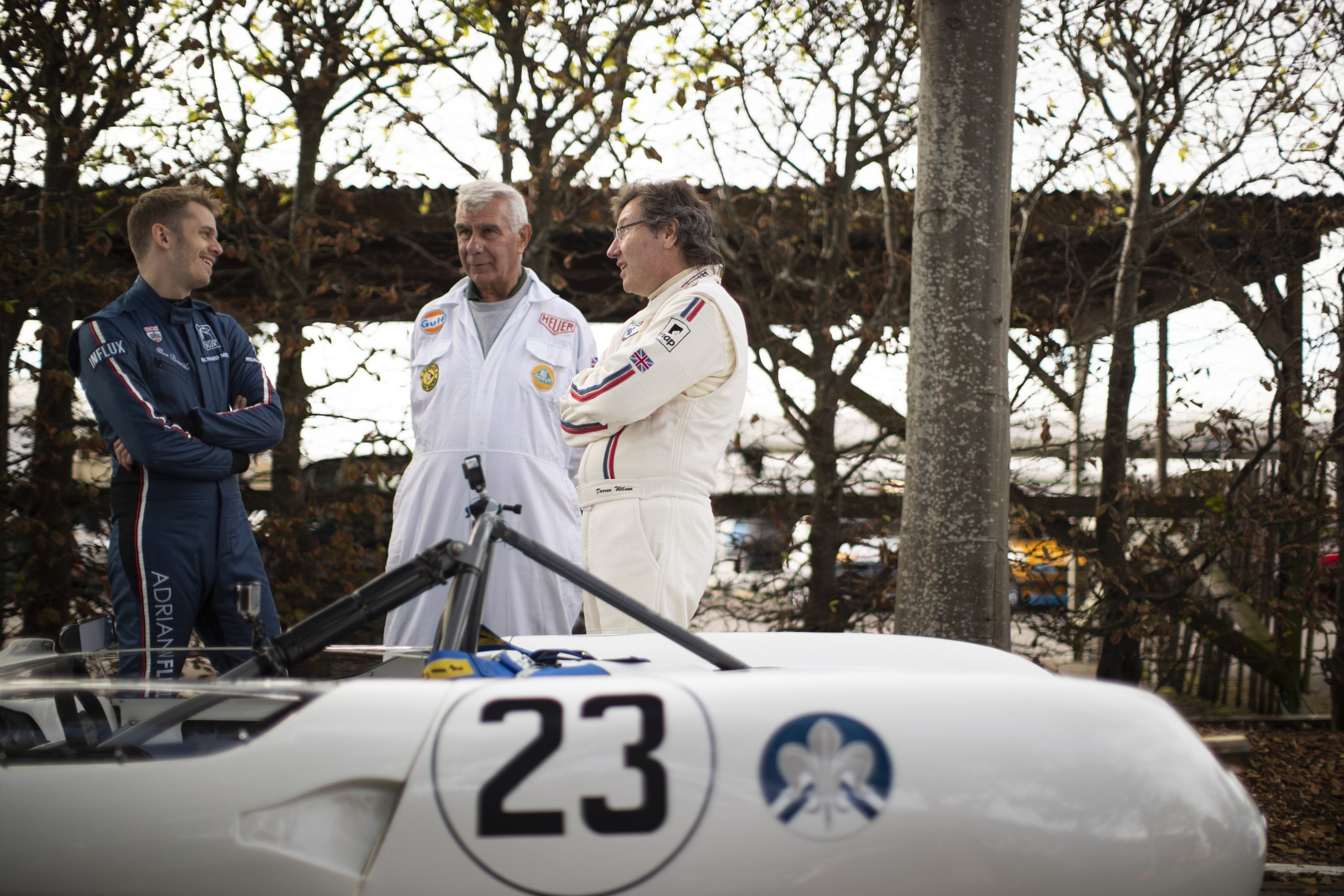
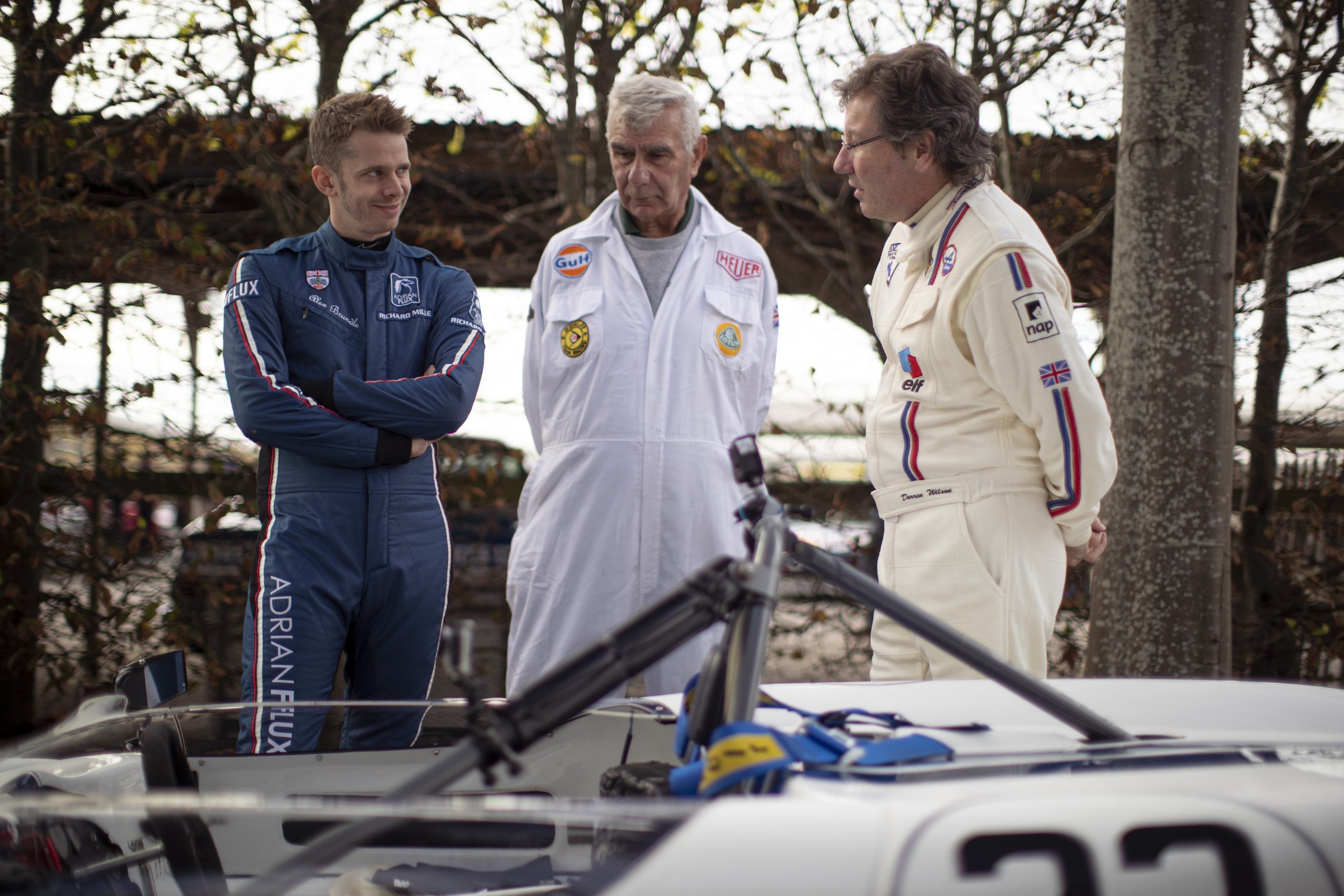


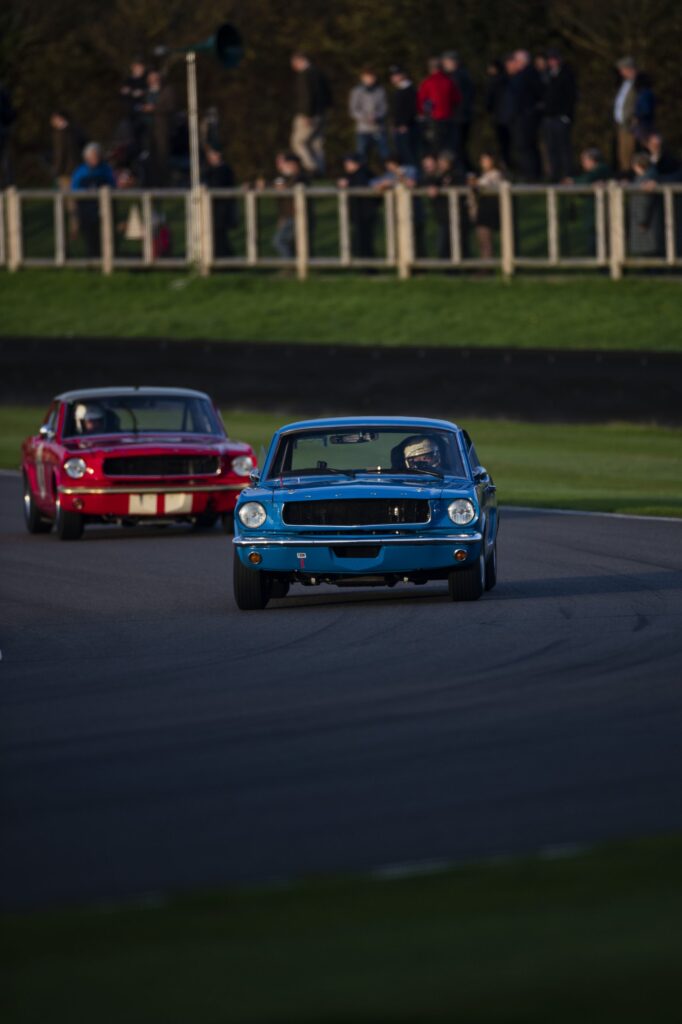
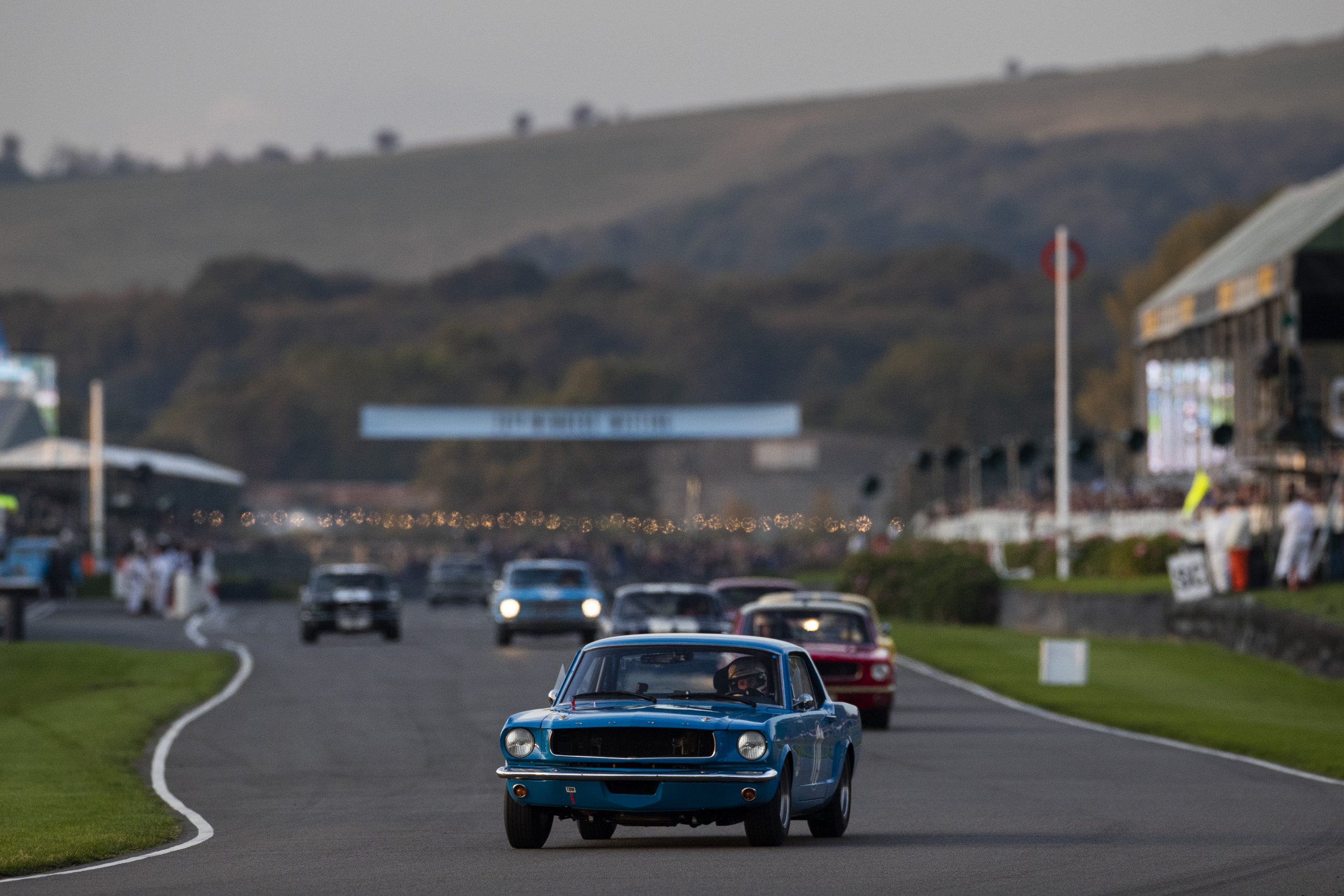
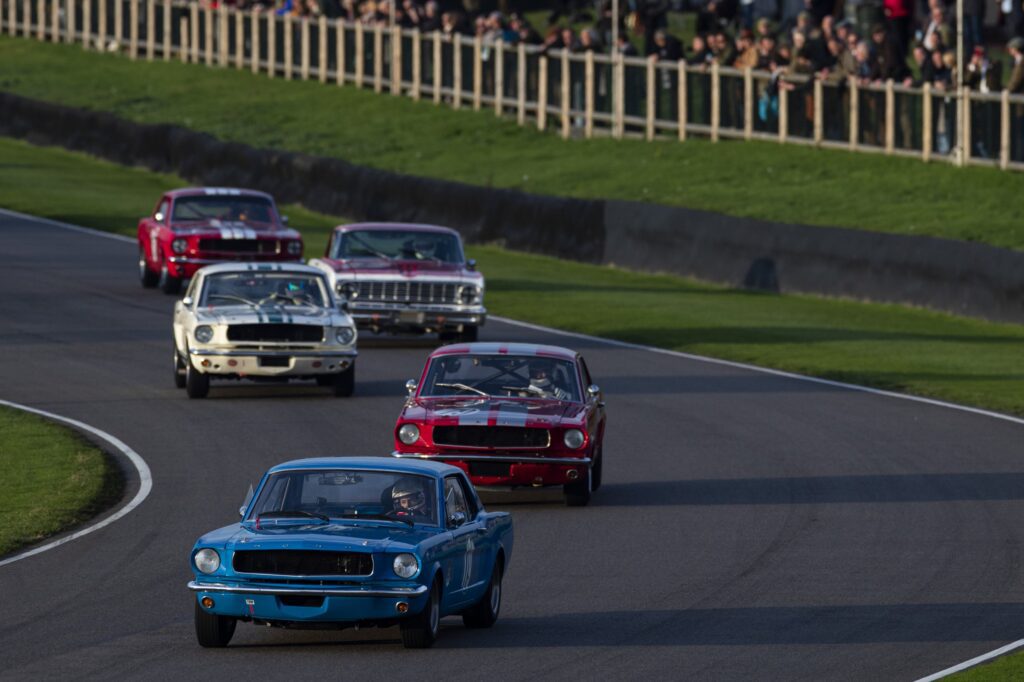

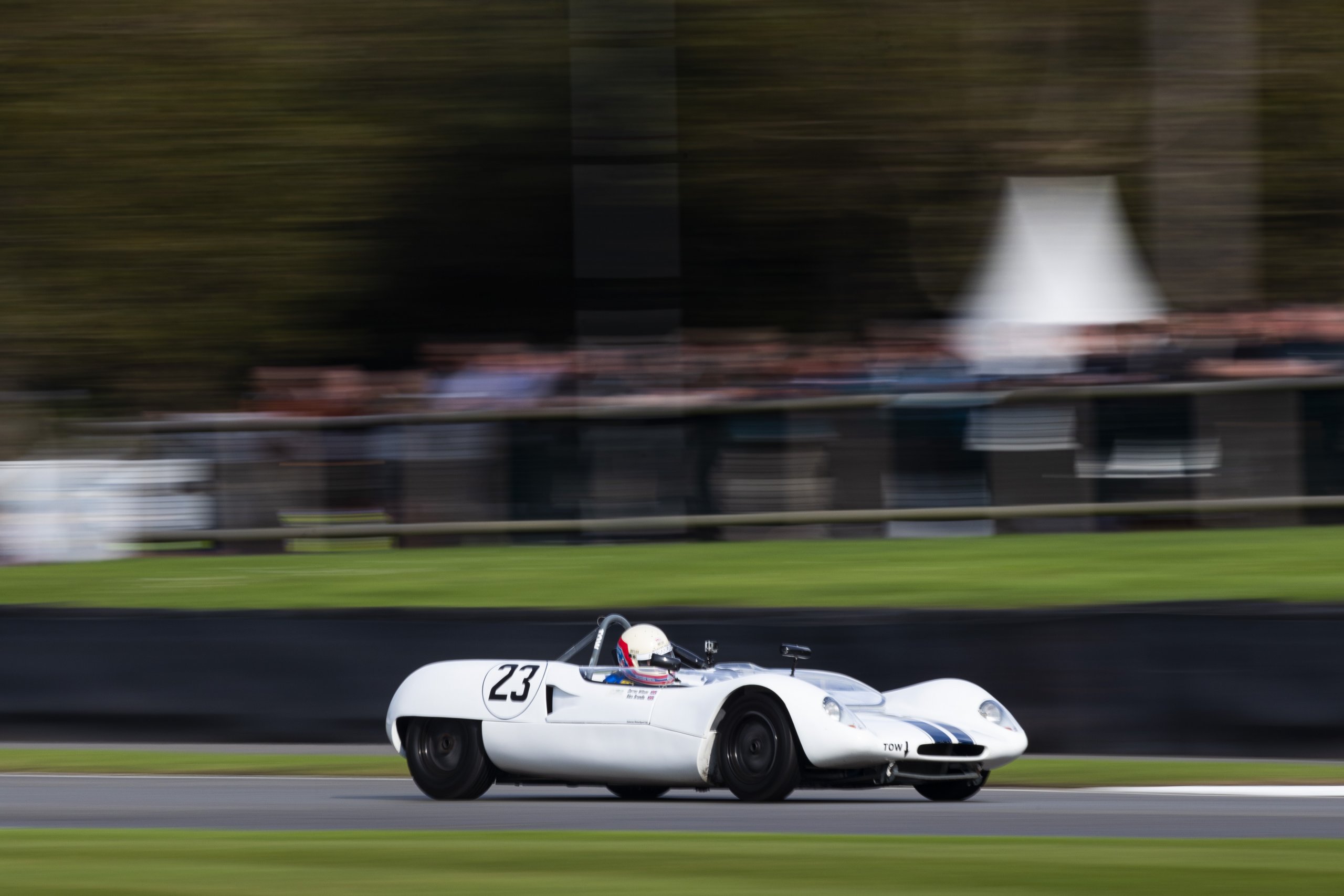

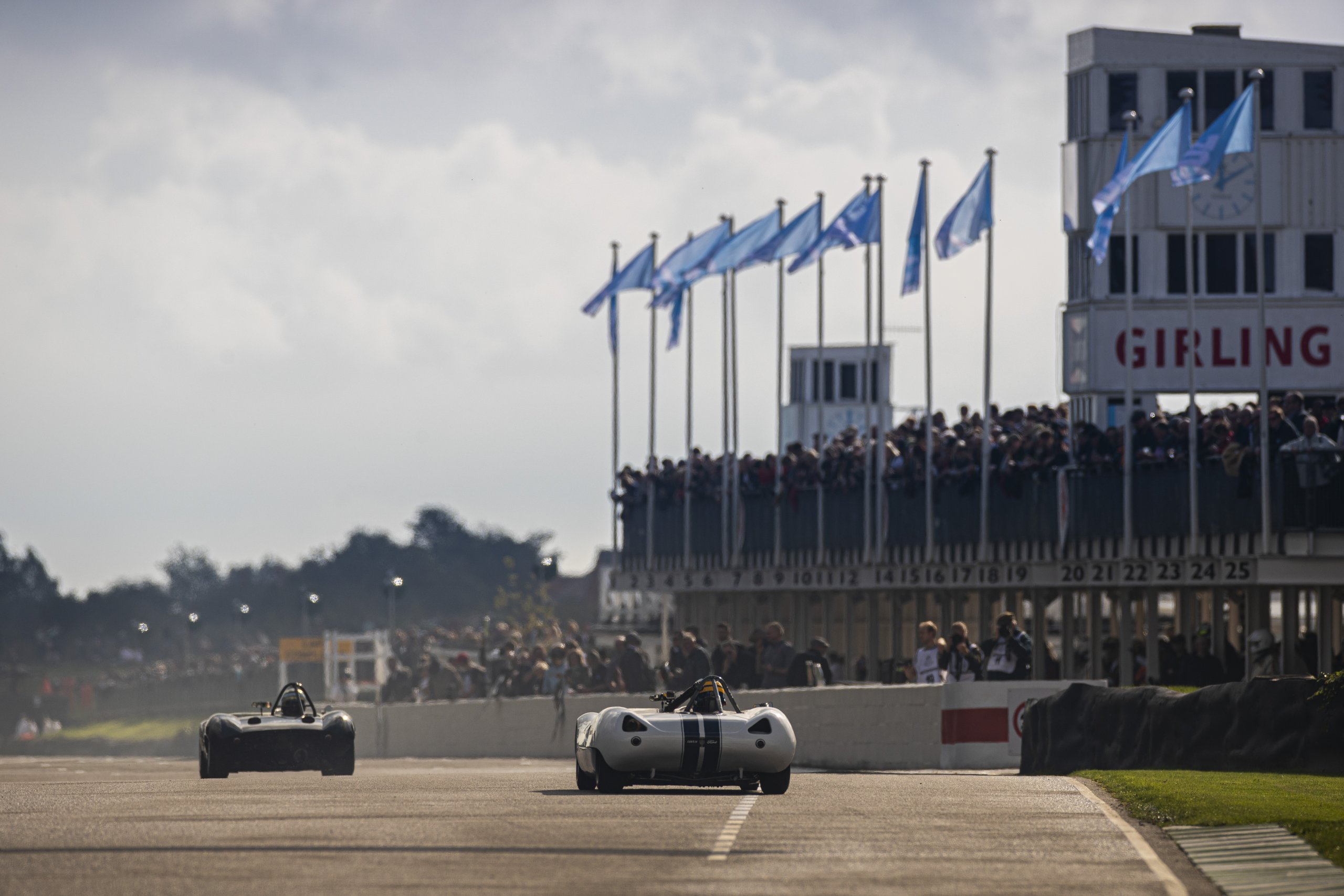
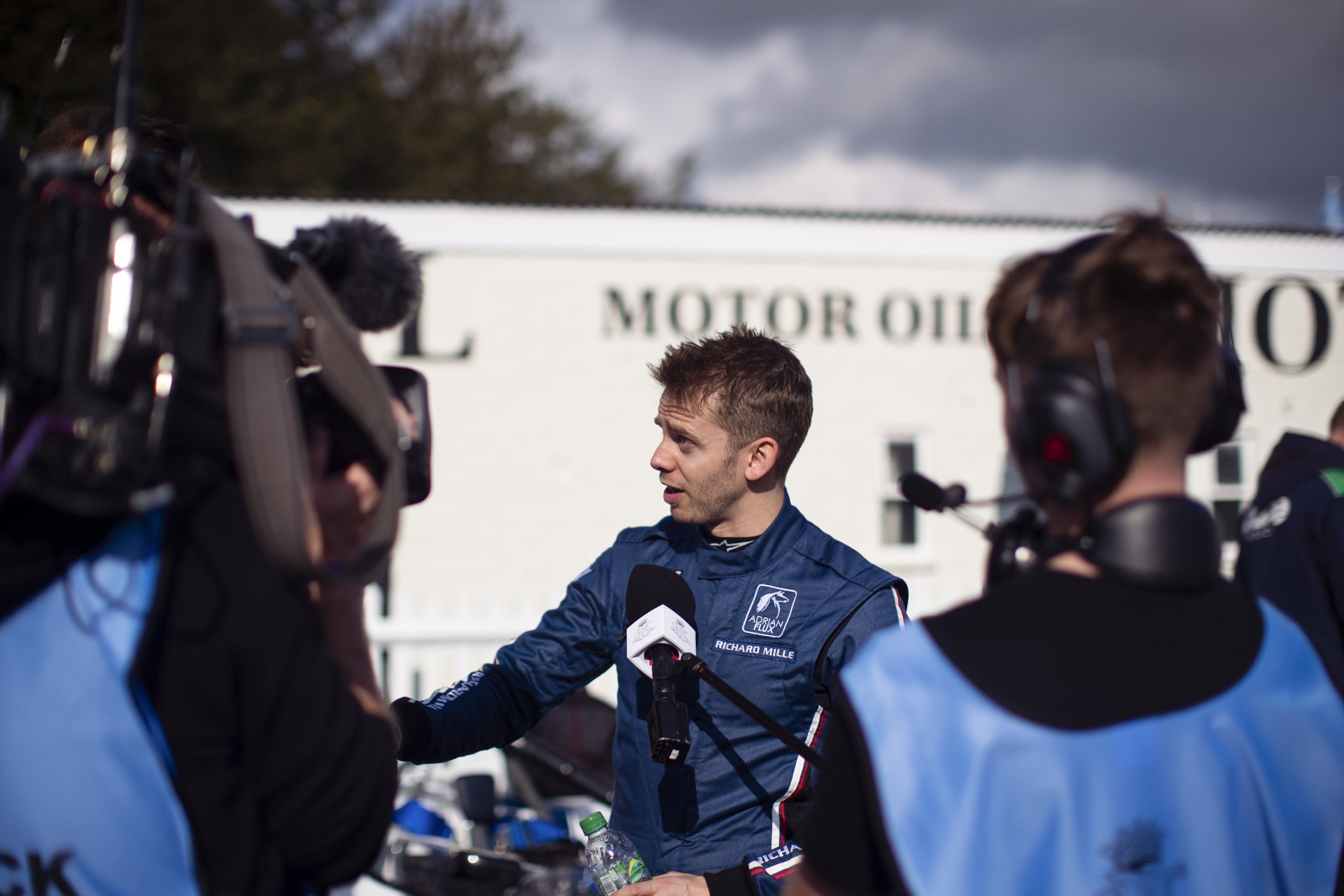
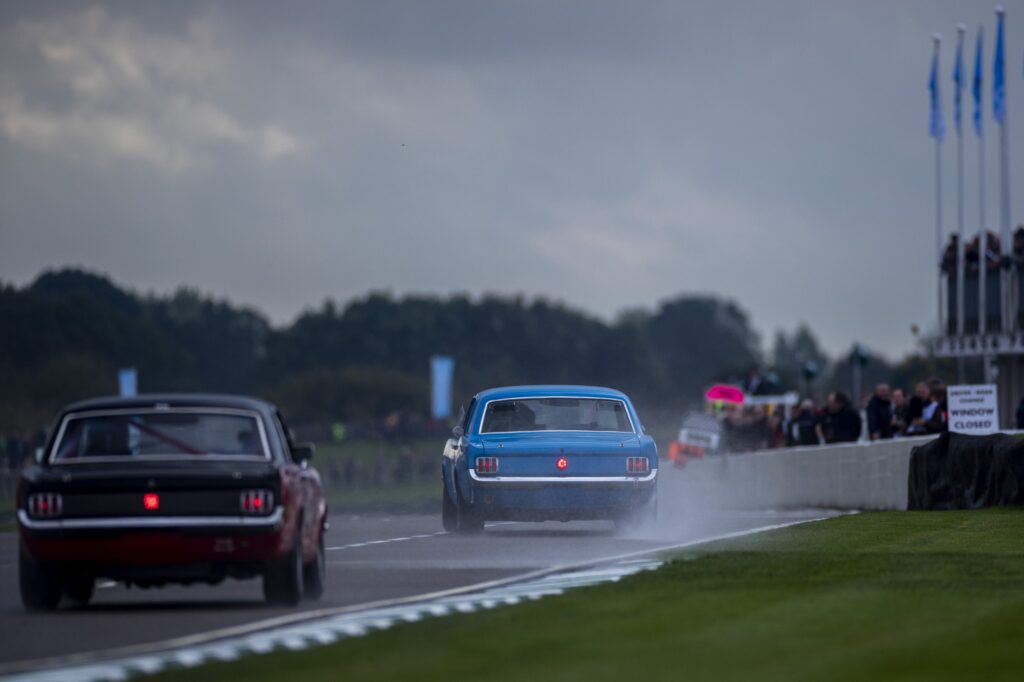
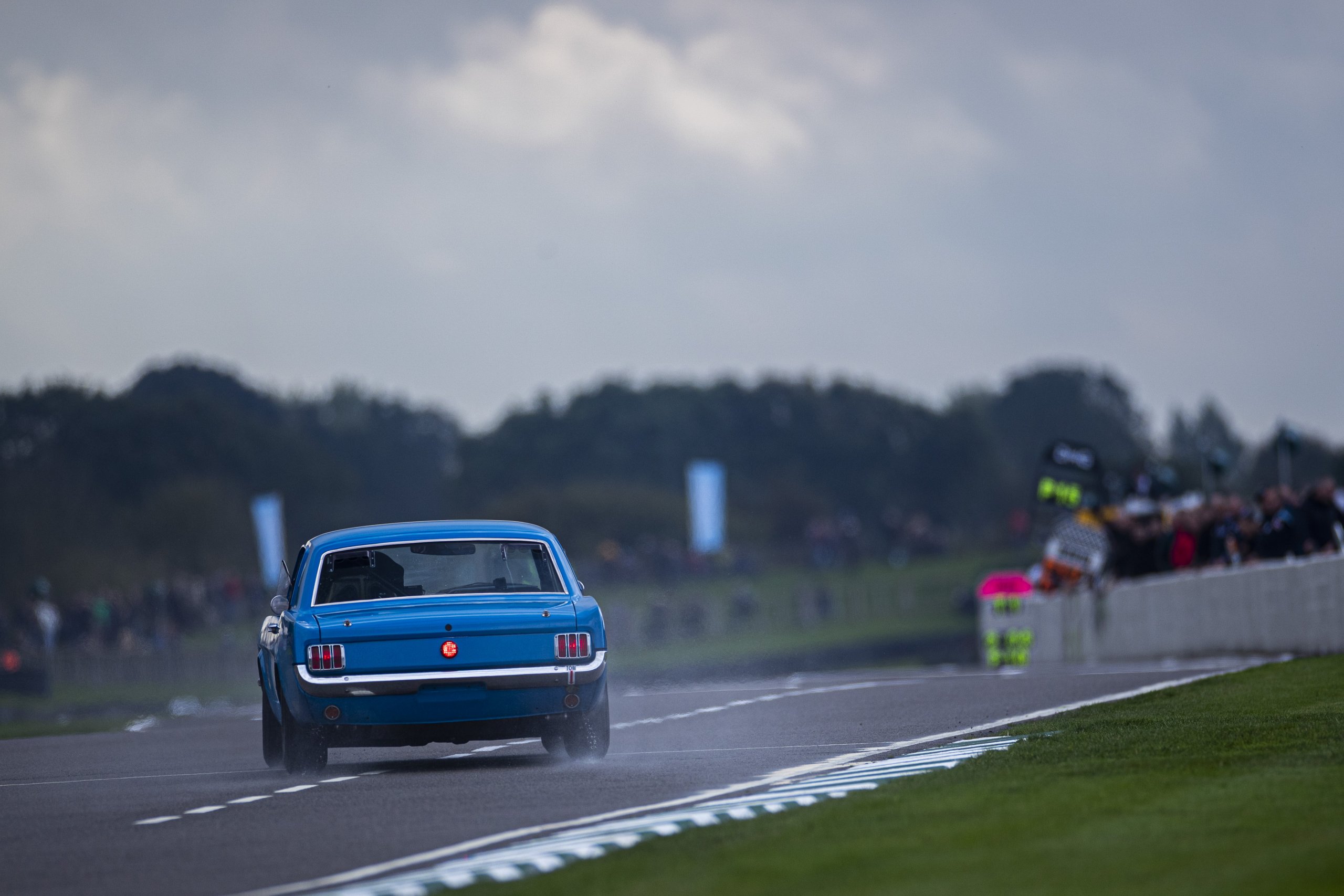

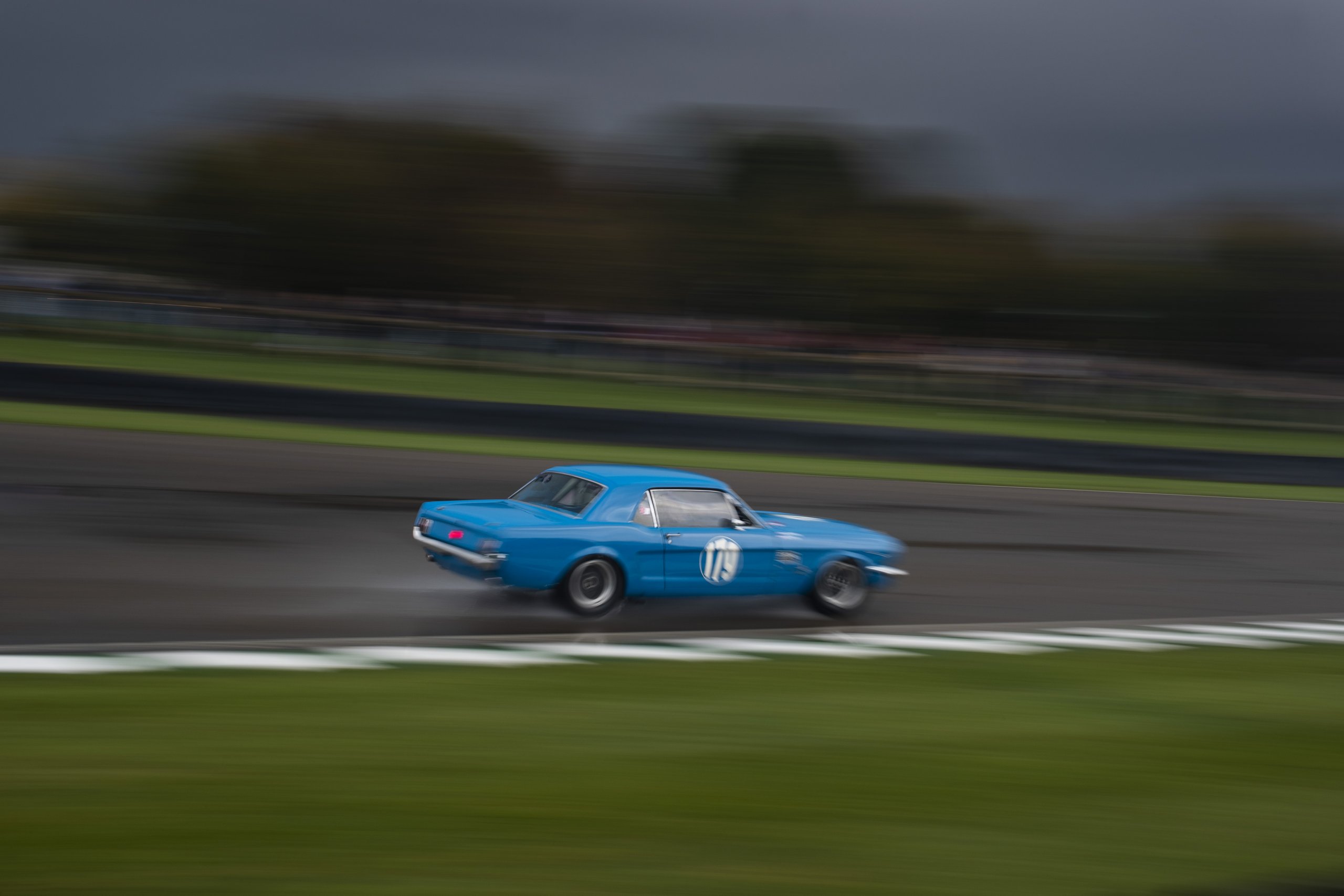
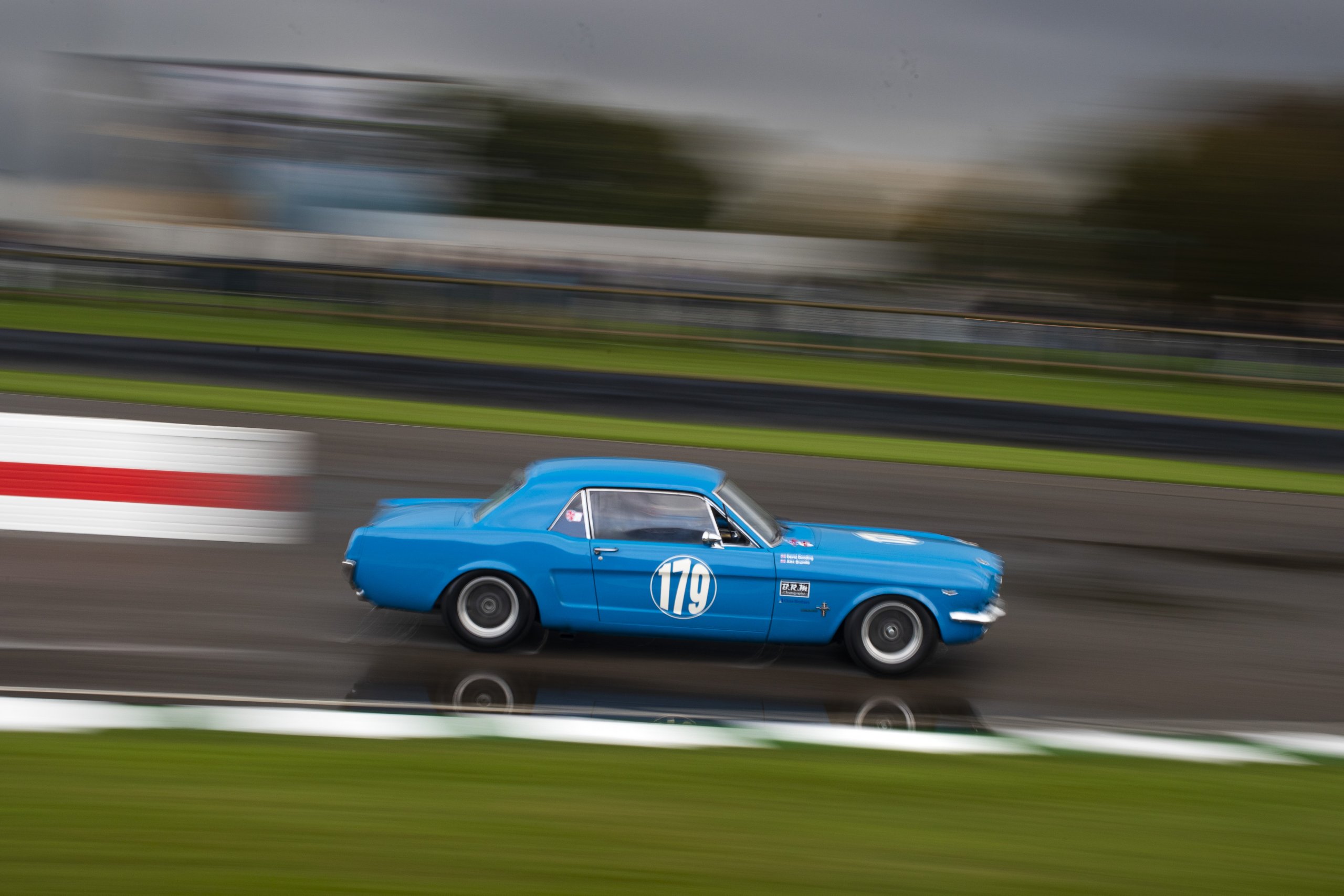
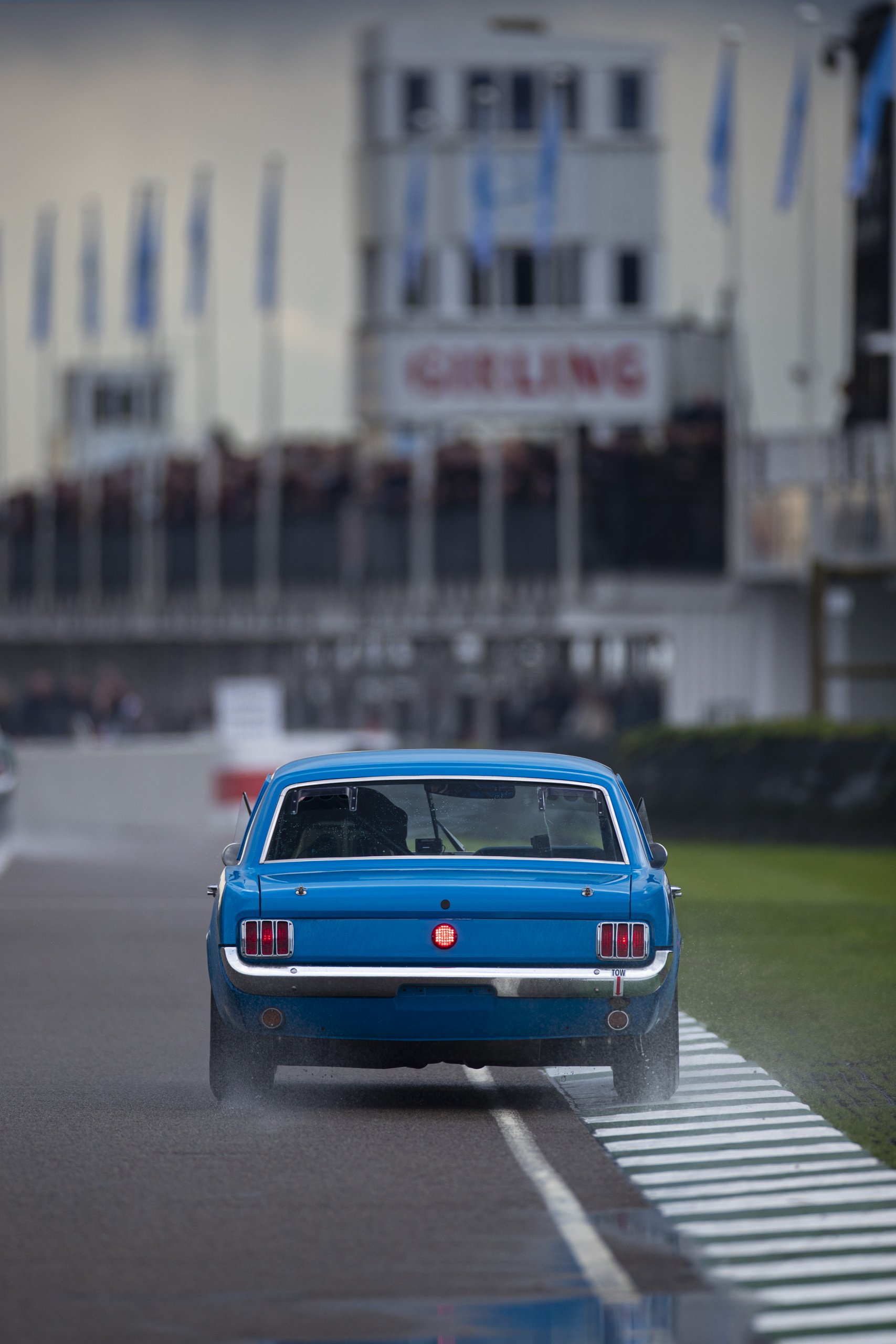
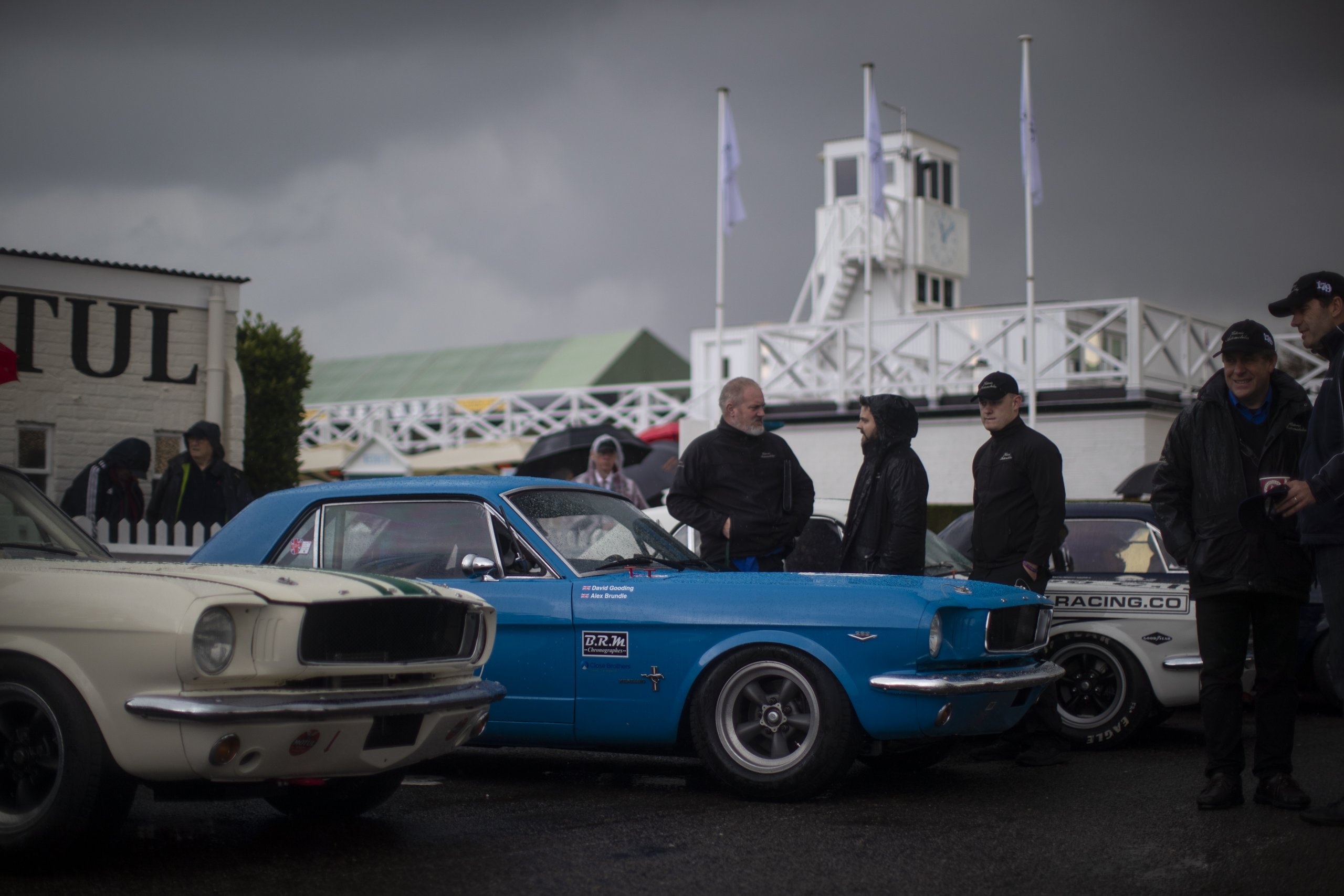
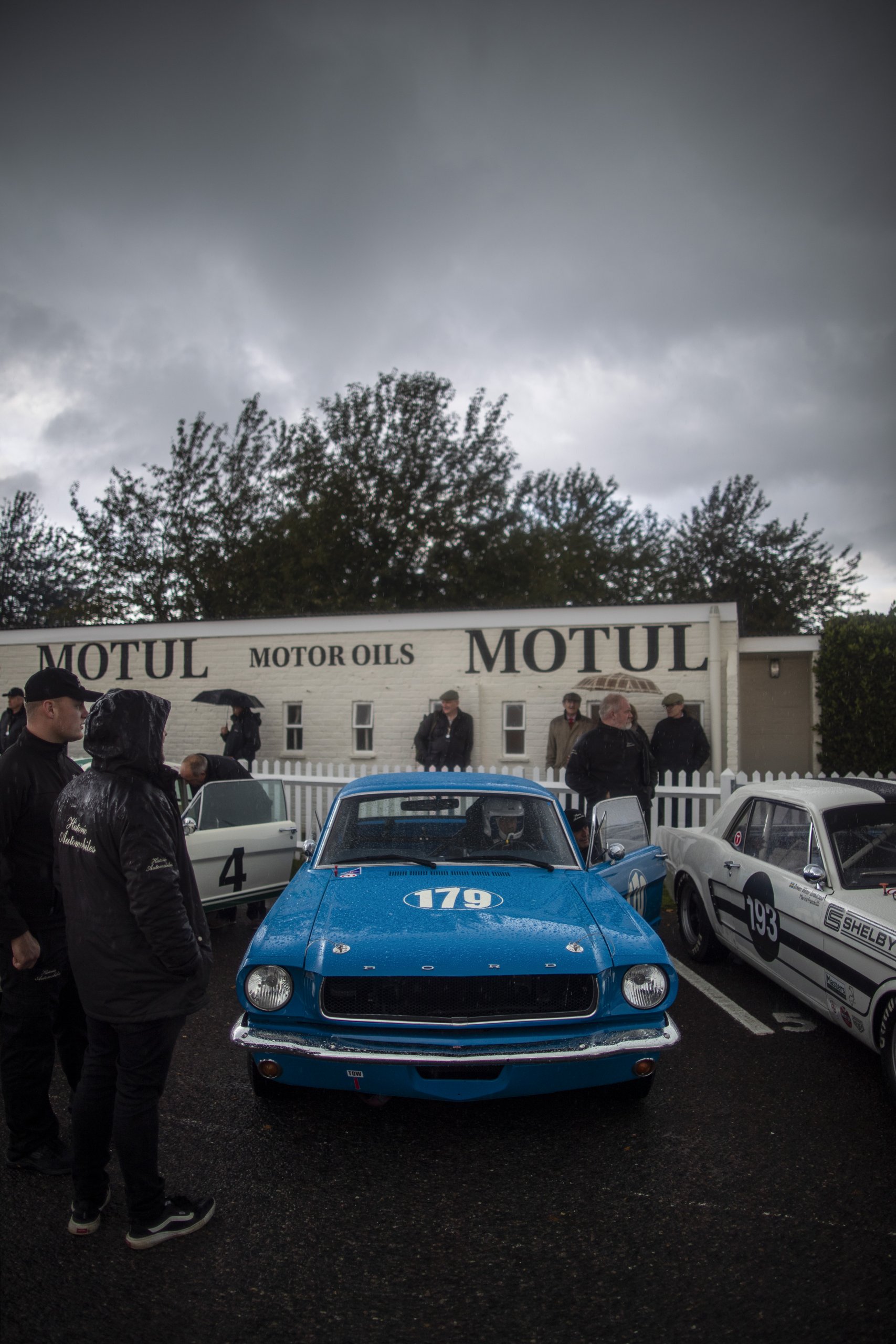
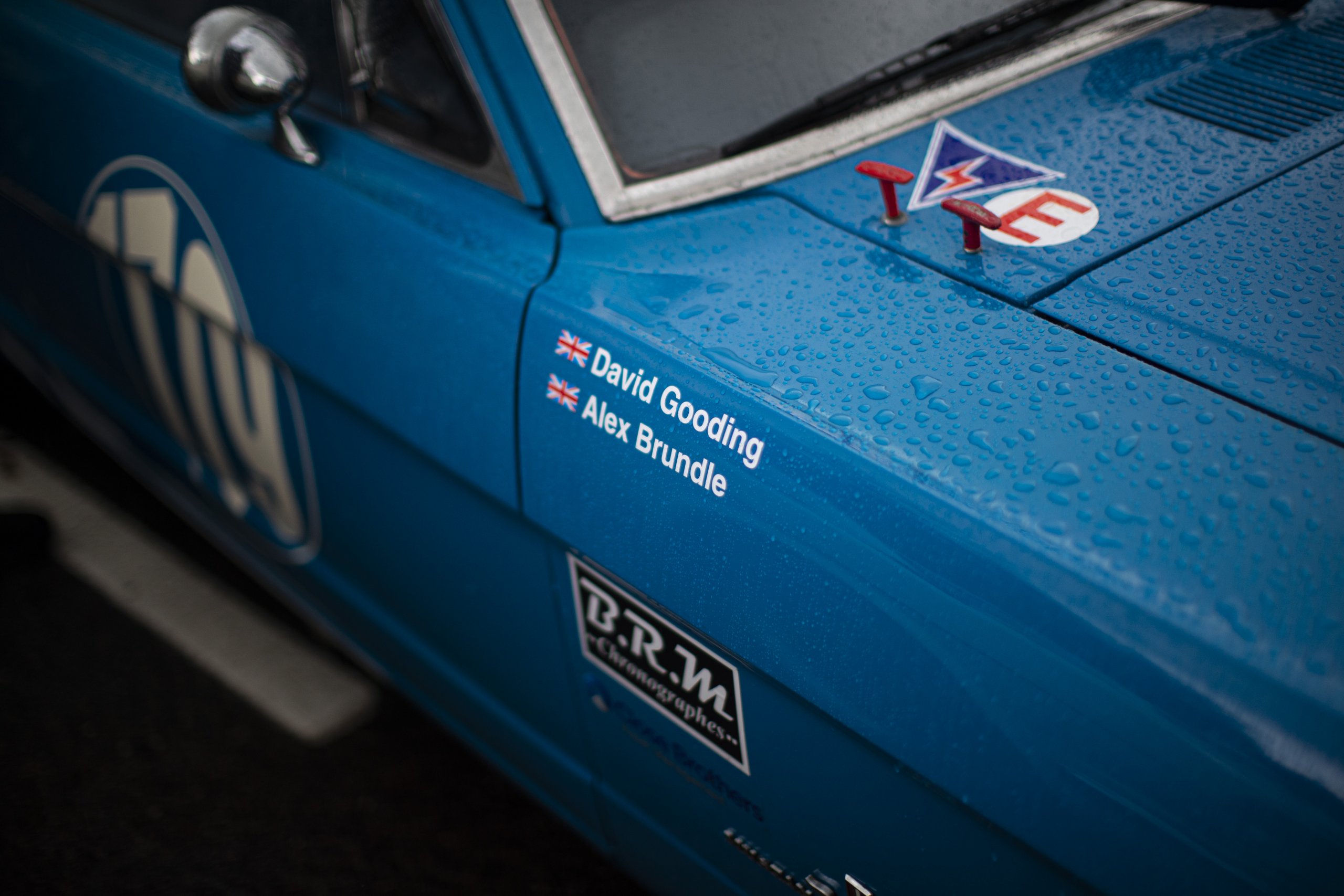
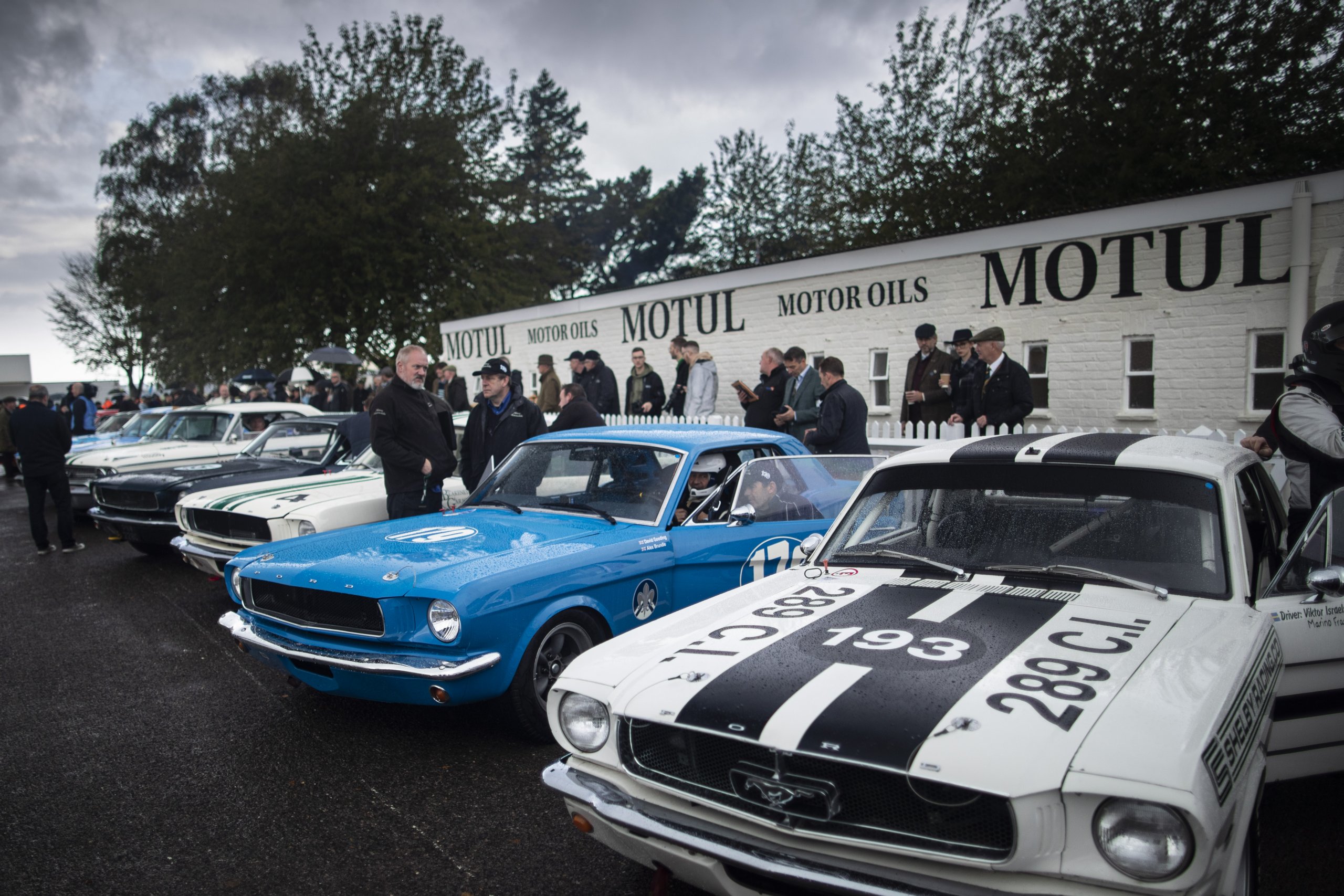
Alex Brundle explains what it’s like to race a Lotus 23B
An extremely lightweight, low power sports car from Lotus, with the famous high revving Ford twin Cam engine within. A Colin Chapman lightweight special and built for group four sports car racing.
You sit on, rather than in, the car with your legs very much threaded through the chassis and roll bars. Famously banned from Le Mans on technical grounds, the 23B was customer sports car racing ‘the Lotus way’ with not a gram to spare.
Engine
Revving all the way up to 8,000, you can feel the energy behind you in the car. You have to have the car in the rev range if you want to move forward at speed so it’s a car that asks a lot of the driver and gearbox.
In the right zone the car picks up the throttle beautifully and it becomes easy to control the rear. The throttle is stiff with a direct connection to the engine, but out of the rev range it will cough and splutter. It’s tricky to drive in traffic and wet conditions.
Gearbox
Five speed dog leg becomes four speed in reality as the lack of springs on first gear mean that it’s pretty much impossible to get down there on the move.
The gearbox feel is junior single seater with close notchy gates and not too much feel for the neutral zones. You have to keep the little motor whizzing on the downshifts to allow the gears to slip in.
It’s tricky to meld the number of shifts required into the lap nicely.
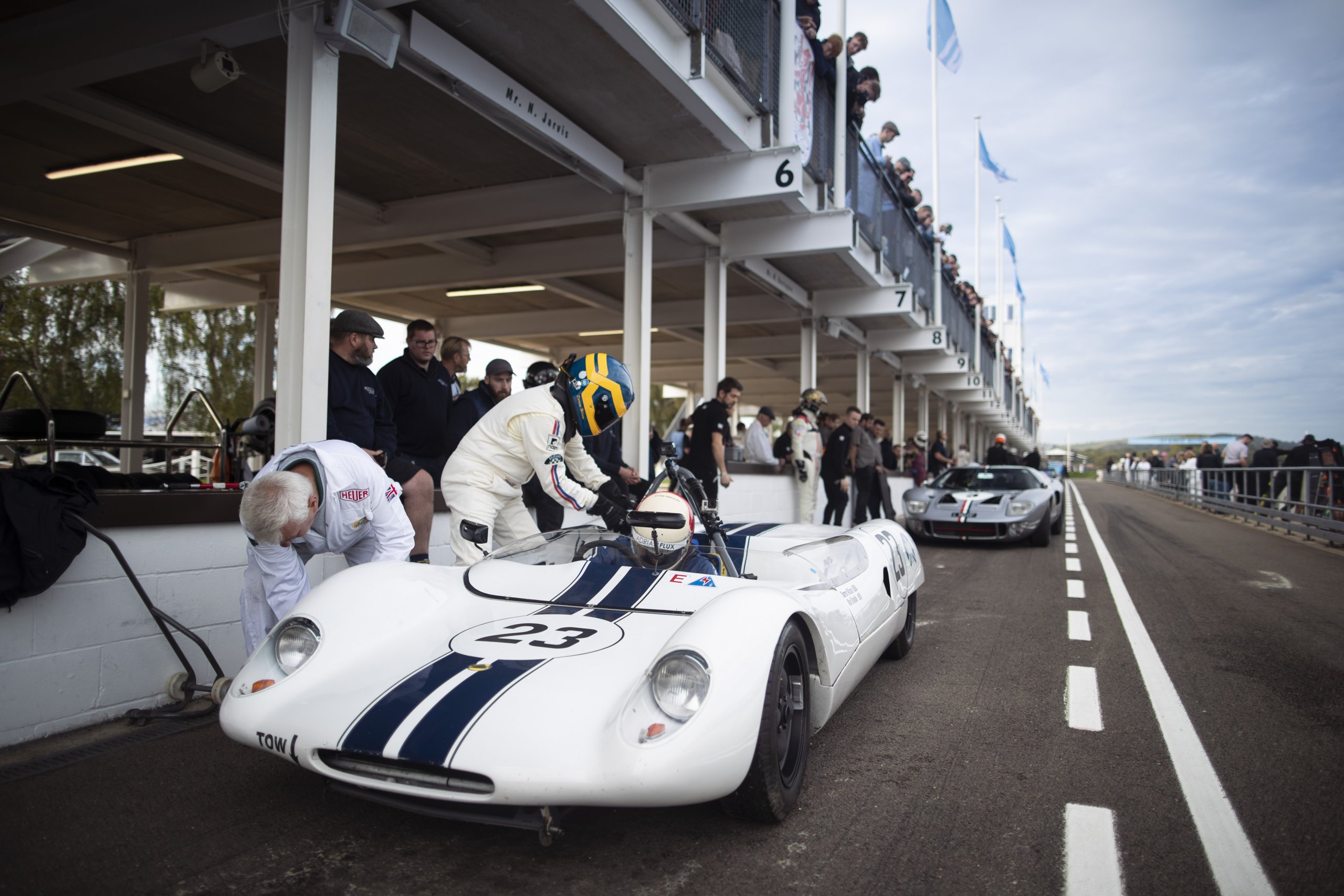
Brakes
Four-wheel discs are powerful and the braking distances quite incredibly small.
The short wheel base of the car makes it dance and float on the brake pedal. The braking system is variable and well balanced with enough power to adjust the attitude of the car.
Handling
It’s a hard car to drive nicely. The rear dances and moves with the first few degrees of steering and you really have to believe it’ll stick on entry to the corners.
It has a 50s sports car feel but with added speed and kick. You’ve got to be right on top of it!
How to pedal it
Job one is to get the engine pulling. If you have the car in the right rev range around the circuit you won’t be too far off.
You have to believe in the braking zones and take all the time which is on the table.
The rest takes a few laps. Very honed brake feel is required as the car’s movements are very sharp and tight. Playing with the attitude of the car in fast corners can yield gains in that critical apex speed.

What’s it like to drive an iconic Volvo PV544?
What a machine! Initially a wartime beast produced to be economical during the final stages of World War Two, taken to the race track, is always going to be a challenge and I don’t think I have ever driven a car that looked less at home on circuit.
That said I loved trying to tame this beast and it had good power for the St Mary’s Touring Car race we took on.
Engine
Volvo’s fitted the car with a B18 1.8-litre engine which develops a decent amount of poke as long as you are in the right gear, which is easier said than done!
They are notoriously rugged, the world’s highest mileage car (ever) used the same engine to travel 3,039,122 miles using its original unit!
The forced oil system requires a little TLC on the pits and there are various actions the driver has to take and not take in terms of hoop jumping to get out on the circuit without incident. Driving through the rear wheels, you can turn the car on the throttle with decent gusto.
Gearbox
This is where the fun starts. The four-speed gearbox is very low in the chassis and has a movement which you might relate to a 40s taxi. Third is a workout and needed for most corners around the Goodwood layout.
A left foot full of deep clutch and right arm full of long third had me stretched across the cockpit like spaghetti.
Heel and toe downshifting is also a no as the throttle is on a stalk and kind of bends when you try. Luckily rear grip under braking was ample and I was able to get away with it. It’s massive fun but really a car you have to talk into operating.

Brakes
Drum brakes all round make for an entertaining braking experience. While you manage the downshifting the car pulls and dives around but has massive – well, some – grip in the braking zone, which saves you.
It’s really a situation where you have to ignore everything the car is doing, look where you want to go, and hold on!
Handling
In the high-speed corners the car is incredibly well balanced. If you get it to pitch down and turn in, it will float over its rear axle and you can power hard through the exits of the corners.
You have to wait for the front a little in the slow speed corners and the roll is like something from a Starsky and Hutch police chase but it does eventually change direction.
There is enough rear grip to kind of back it in if you have the confidence and it was actually a successful rally car.
How to pedal it
You just have to go for it. Ask it to do what you might like it to do and then react to what it actually does!
All the time is in the high speed, believing in the floppy rear and getting the power in. In a touring car race, the car has good power, so if you can keep up in some of the corners, you can power past on the straights.

Where can I get insurance for my classic car?
You don’t have to go far to make sure your pride and joy has the protection it deserves.
Adrian Flux has over 45 years’ experience of treasured vehicles and will have a bespoke classic car insurance policy that you’re looking for.
All photographs were taken by Drew Gibson and have been used with his permission.
